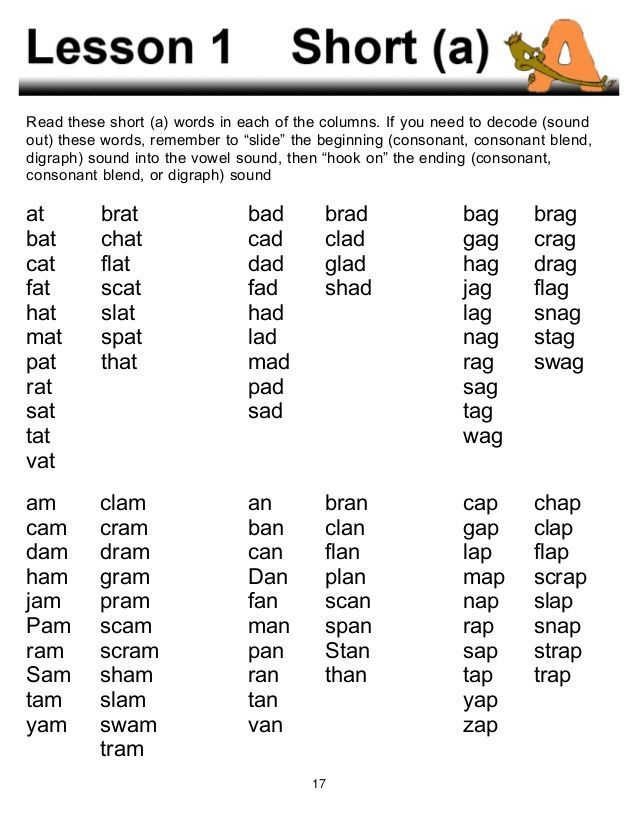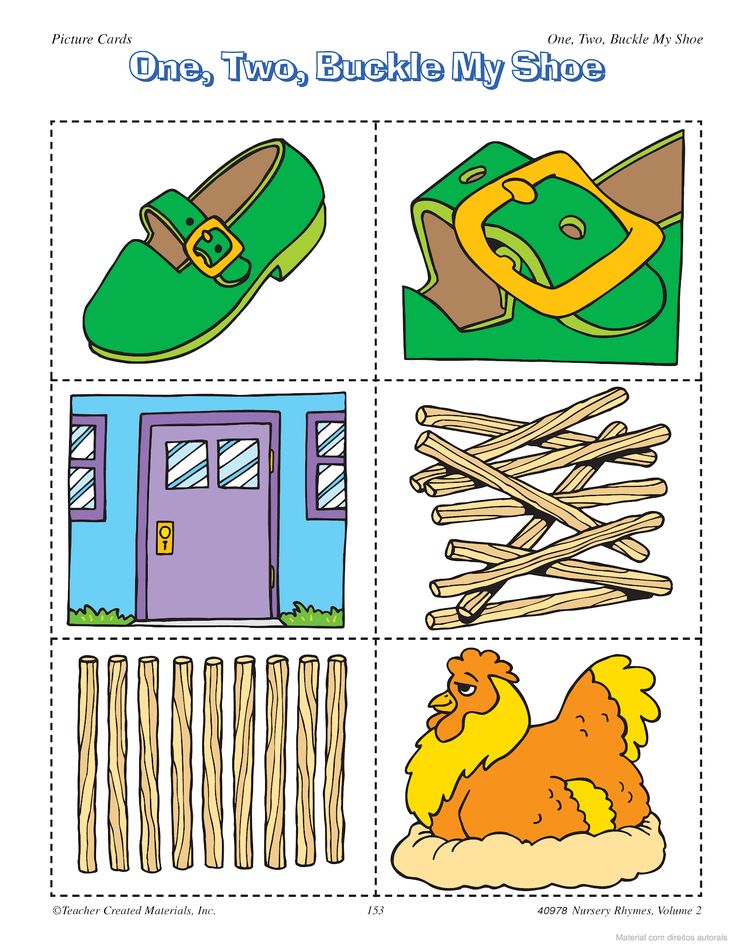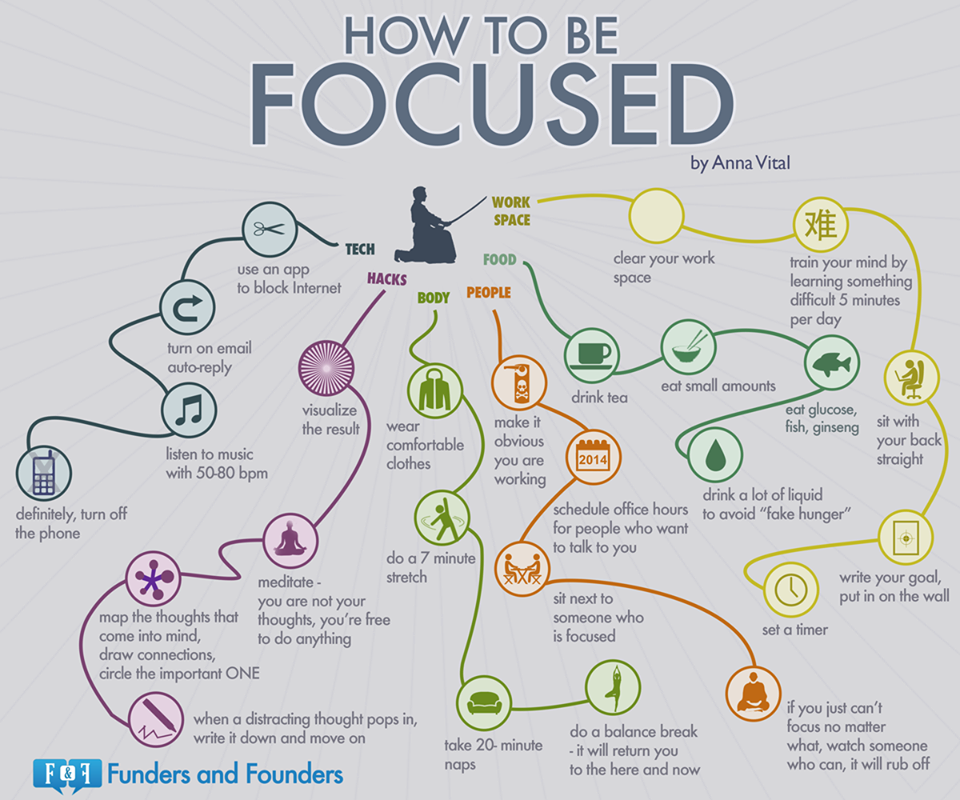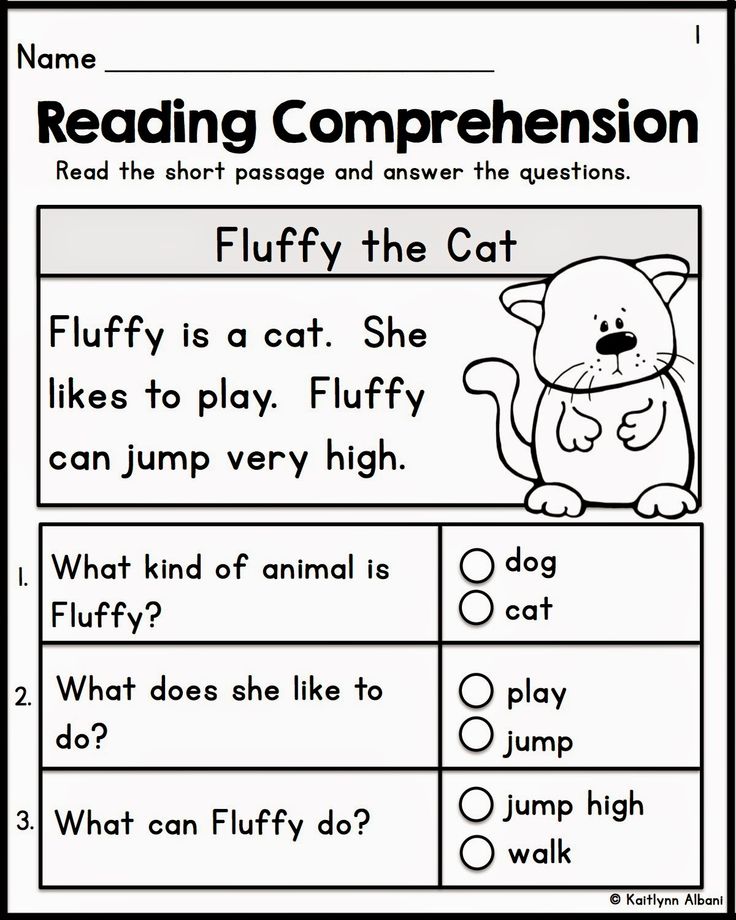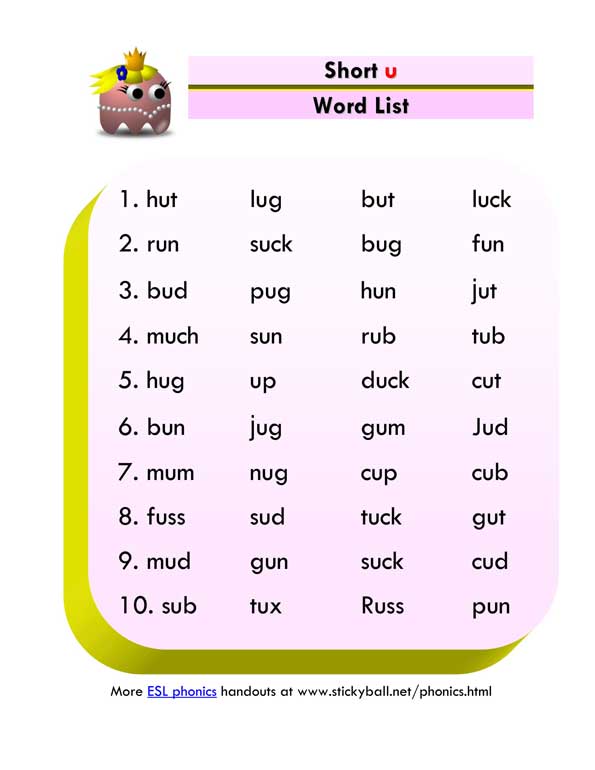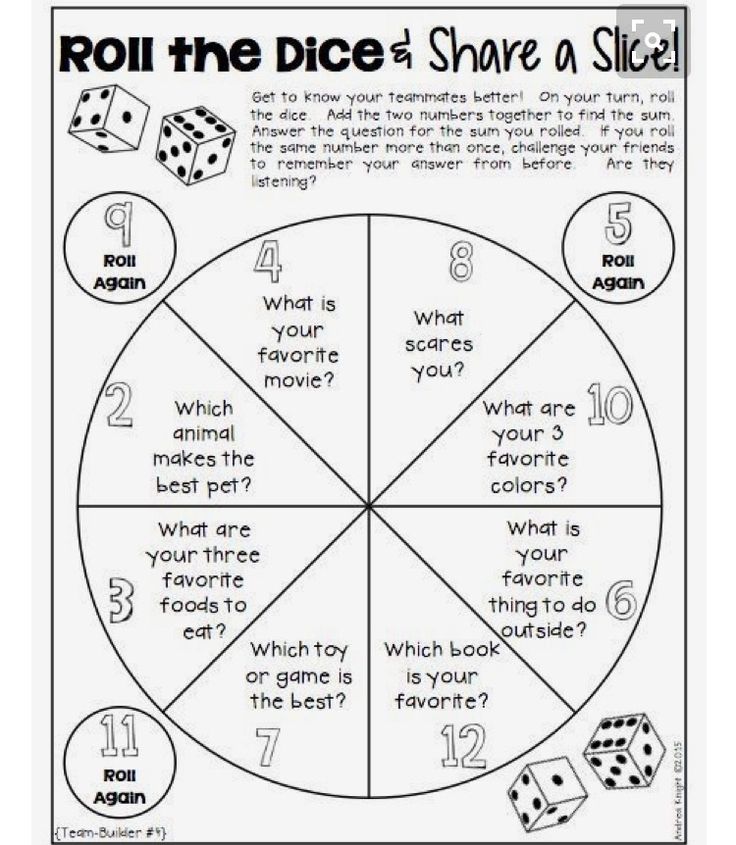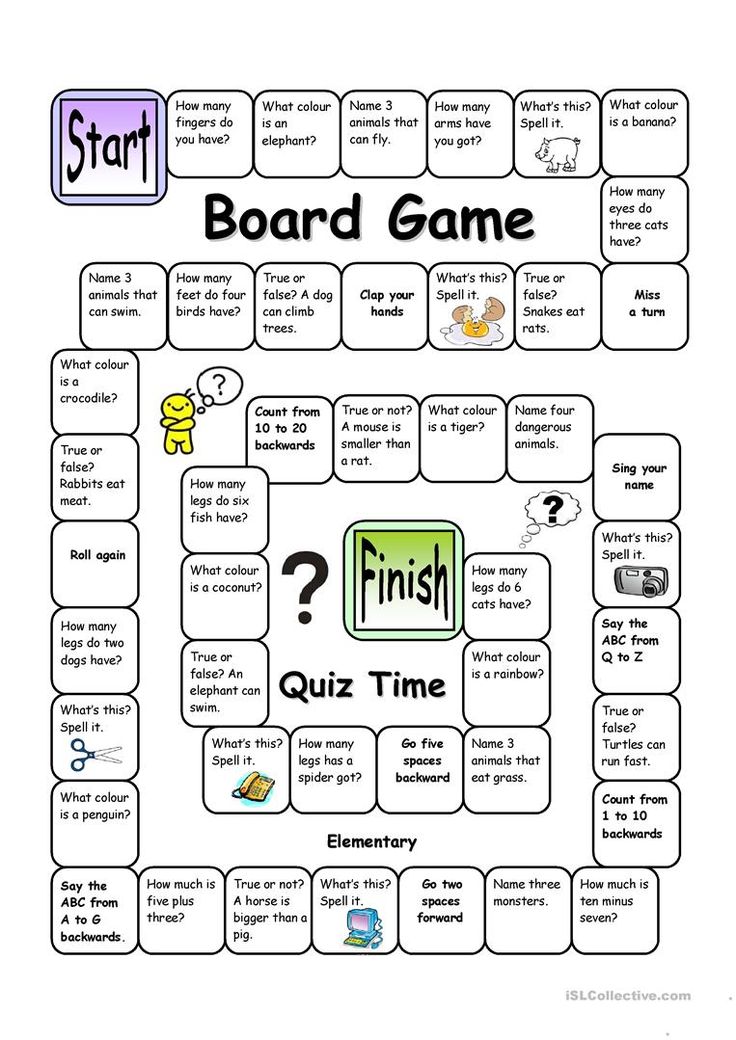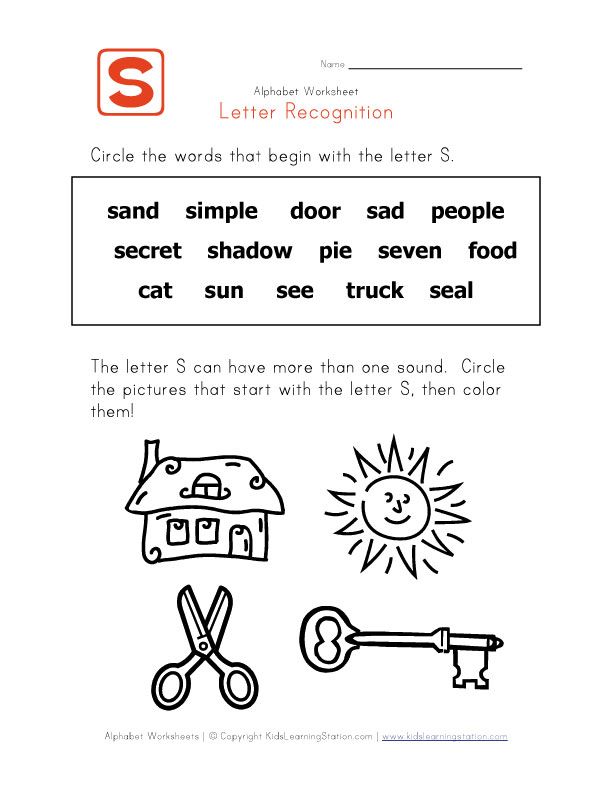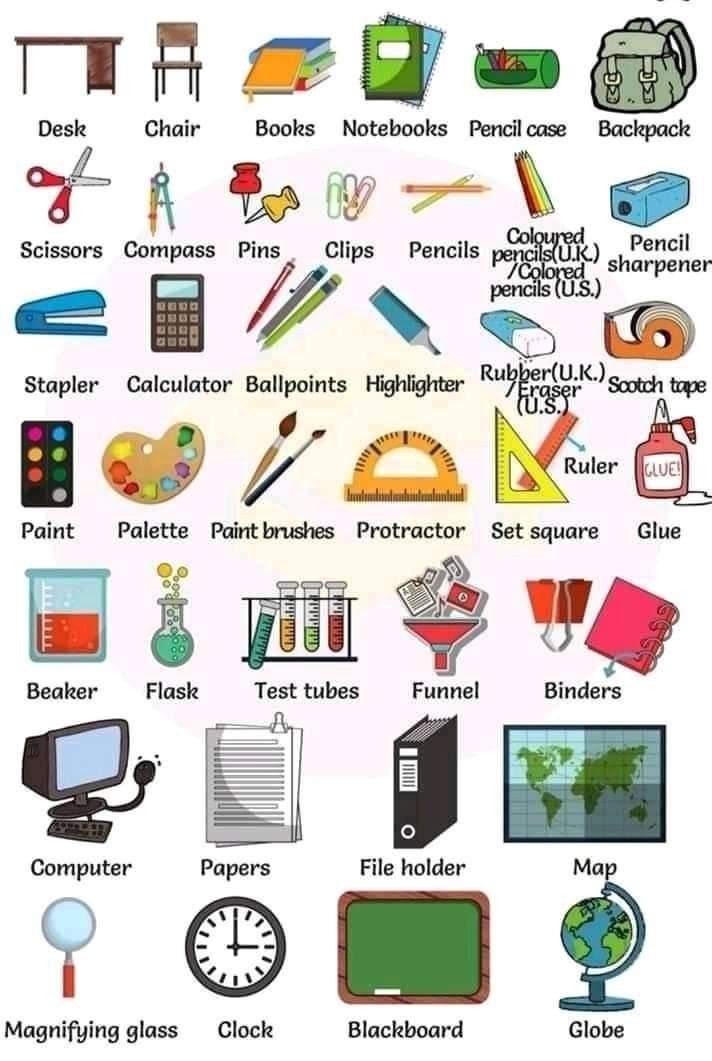Letter sound interventions
How to Teach Letter Sounds to Struggling Students plus FREE PRINTABLES
Skip to content
Posted on by
Starting out on the right foot in teaching a child to read is important, so taking a little time to find out how to avoid pitfalls is a great idea. It's also important to know how to teach letter sounds to struggling students and kids if they seem to be having a little trouble.
One of these pitfalls is teaching a child to recognize and write letters and blends, but not to teach the them separately with focus on the sound (or sounds) of the letters/ blends. This focus on the sound is called phonemic awareness, and you can teach this to your child even with their eyes closed!
However, a lot of children miss this important piece in learning, and it may show up later on with significant struggles. So when teaching your child, be sure to focus on naming sounds of letters and blends in the early days of learning, and you will both reap the benefits later!
After your child has a good grasp of letter sounds, feel free to check out these free alphabet printables for good letter practice.
As an Amazon Associate I earn from qualifying purchases. You can learn more about that here.
Phonemic awareness cards for every letter
Find ways to practice letter sound recognition with your pre-readers and struggling readers. You can learn songs, read rhymes, and name the letter sounds of items you see all around you.
For something a little more "put together", you can use these flip cards that have no-prep activities you can work on each day for only a few minutes to practice the different sounds of each letter.
Activities to teach letter sounds
There are just a ton of ways and activities to teach letter sounds to your child. And so many of them don't need any preparation! You can work on letter sounds in the car, while waiting for a doctor's appointment, or at the dinner table.
You can come up with your own list of ideas, but here are some to start:
- Play the alphabet sound game.
 Starting with the letter A and working your way down the alphabet, you just list out with your child all the things you see around you that start with that letter sound. "What do we see that starts with the letter A?"
Starting with the letter A and working your way down the alphabet, you just list out with your child all the things you see around you that start with that letter sound. "What do we see that starts with the letter A?" - Go on a letter sound scavenger hunt! Put items with letter sounds for different letter in a sack.
- Find good apps that help children practice their letter sounds, like Reading Eggs, ABCmouse, or Hooked on Phonics.
- Sing songs that start with the letter sound you are working on.
- Watch videos (think Sesame Street!) that highlight a certain letter and its sound(s).
- Pull Scrabble tiles out of a bag, encourage your child to say the letter sound, and make up more words that start with that sound.
Letter sound interventions
If you have a child who seems to be a little behind with learning letters and sounds, you may need to do a little letter sound intervention planning.
You can start by assessing which letters and letter sounds your child already knows.
Grab some flashcards with a picture on one side, and the associated letter on the back. (Here are some you can use if you need them). Show your child the picture, and have her say what it is. See if she can isolate the first letter sound in the word, and then see if she can name the letter.
Document which letter sounds and which letter names need to be worked on. Now you know where the gaps are, and you can begin to fill them!
Make sure when you teach these letters not yet mastered, that you utilized all kinds of sensory activities to really help solidify them in your child's mind and learning process.
Kindergarten letter songsLetter songs for kindergarten, preschool, and all beginning reader stages is a perfect way to teach the letters!
Rhyming interventionOne of the ways that you should develop letter sounds and phonological awareness in your student will be through rhyming intervention.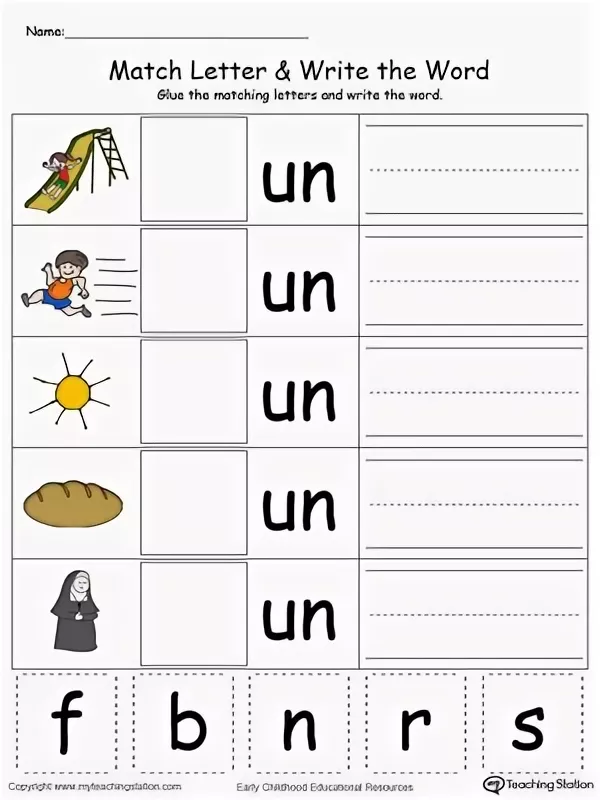
So, seek to include poems and rhymes in your day as you teach the letters!
For example, for the short letter a sound, you can pair rhyming words, like
rat
sat
hat, etc.
to help your child hear and retain the letter A. It may seem like a simple way to teach, but sometimes the simple ways are the proven ways to stick to!
How do I teach my child to sound out letters?
There are multiple toys, puzzles, flashcards, and activities to teach your child letters and sounds, and particularly if you are looking into how to teach letter sounds to a struggling student or child,
The difference for many kids between struggling and becoming proficient in reading is phonemic and phonological awareness, being aware of and being able to manipulate those sounds within words.
So, as your child engages in these activities, just be sure you are making the sounds together, talking about them, and engaging with them with rhyme and alliteration, so that the printed word will be associated with the sounds of blends as the learning happens.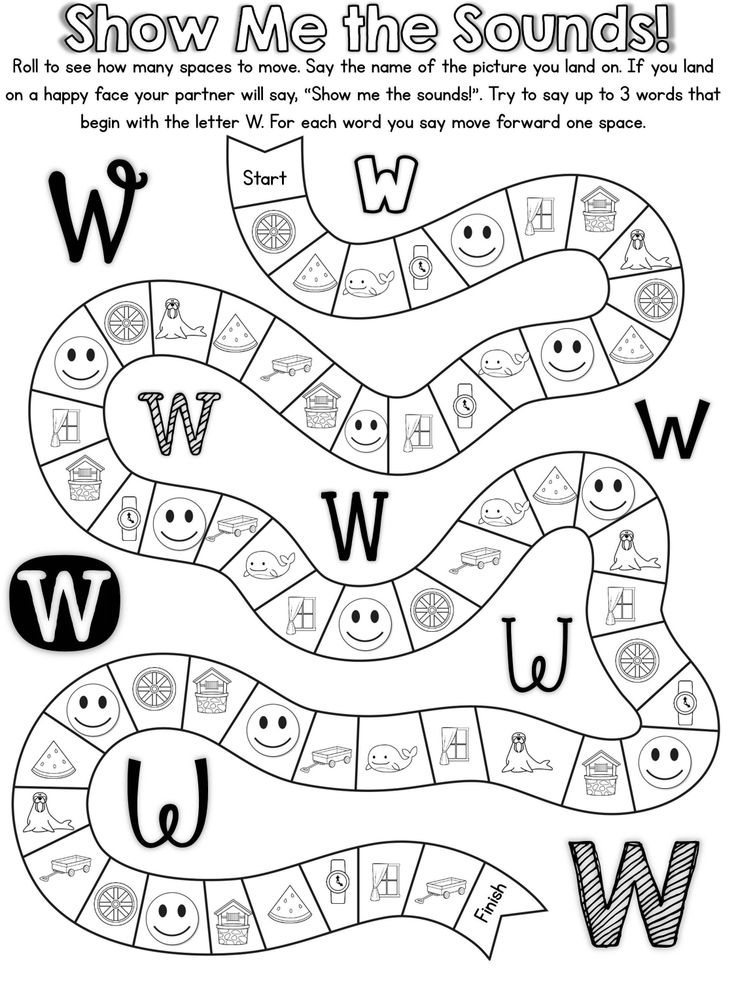
What age should my child begin to recognize letters?
While some say that most kids will begin to learn letters around the ages of 3 and 4, each child is different. You cannot force this milestone, and frankly, you should not even try.
It's hard, I know! Because parents want to see their child move forward, and worry about their child being left behind.
Some kids will be reading by age 3 (I kid you not - my sister was reading at age 3.) But lots of other (just as smart!) kids will not really "get" it until age 5,6, or even higher. That CAN be normal, notwithstanding a learning disability, which you can always be on the lookout for.
I know that a lot of children are forced to have reading skills too early, and may be required to have skills before they are ready in a school setting.
But even so, resist the urge to force-feed the alphabet to your very young child (toddlers or even preschoolers).
Instead, focus on these developmentally appropriate skills and activities that will serve your child in the years to come and lay a strong foundation for reading:
- Listening to stories read aloud with enjoyment
- Becoming familiar with a local library
- Having toddler and preschooler appropriate books in the home for play and pretend
- Talking about stories and books with others, asking questions and engaging with the story
- Learn how to hold a book and turn the pages correctly
- Point to different parts of a book (cover, author, etc.
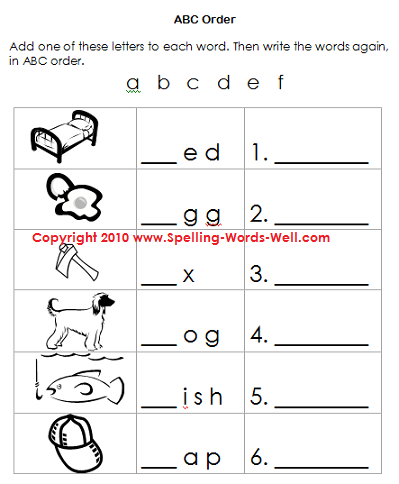 )
) - Development of fine and gross motor skills through PLAY and CRAFTS
- Learn to enjoy alphabet puzzles, rhymes, songs and videos
What to do if your child is having trouble learning the alphabet and how to teach letter sounds to struggling readers:
Depending on the age of your child (and if your child is developmentally ready), you can start working on interventions like the ones listed above to help ready your child for reading.
And, take a look at these flip cards to strengthen the letter sounds of vowels and consonants.
Let me know what has worked or not worked for you in your teaching of letters in the comments below!
>
Recent Articles..
More Letter Pages to Check Out for Activities, Crafts, Worksheets, Printables and More Great Ideas..
Letter A
Letter B
Letter C
Letter D
Letter E
Letter F
Letter G
Table of Contents
- Phonemic awareness cards for every letter
- Activities to teach letter sounds
- Letter sound interventions
- Kindergarten letter songs
- Rhyming intervention
- How do I teach my child to sound out letters?
- What age should my child begin to recognize letters?
- What to do if your child is having trouble learning the alphabet and how to teach letter sounds to struggling readers:
All rights reserved © My Three Readers Theme by Seos Themes
This website uses cookies to improve your experience. We'll assume you're ok with this, but you can opt-out if you wish.Accept Read More
We'll assume you're ok with this, but you can opt-out if you wish.Accept Read More
Teaching Letters and Sounds: 27 Strategies that Work
If we want to help our students learn their letters and sounds, we must have multiple Strategies for Teaching Letters and Sounds. Alphabet recognition and mastering the sounds are essential skills for our earliest readers. Without mastery of the earliest skills, students struggle with building and recognizing words and patterns. We have composed several blogs giving you some of the best Strategies for Teaching Letters and Sounds, but we have even more great ideas and resources now! Here are 27 Strategies that we are confident will help you as you teach your littles–#9 is sure to be a favorite!
Teaching Letters and Sounds
1– Use repetition when assigning teaching letters and sounds during independent and partner practice.
At some point during your day, your students should have a chance to practice their letters and sounds in a routine and repetitive way.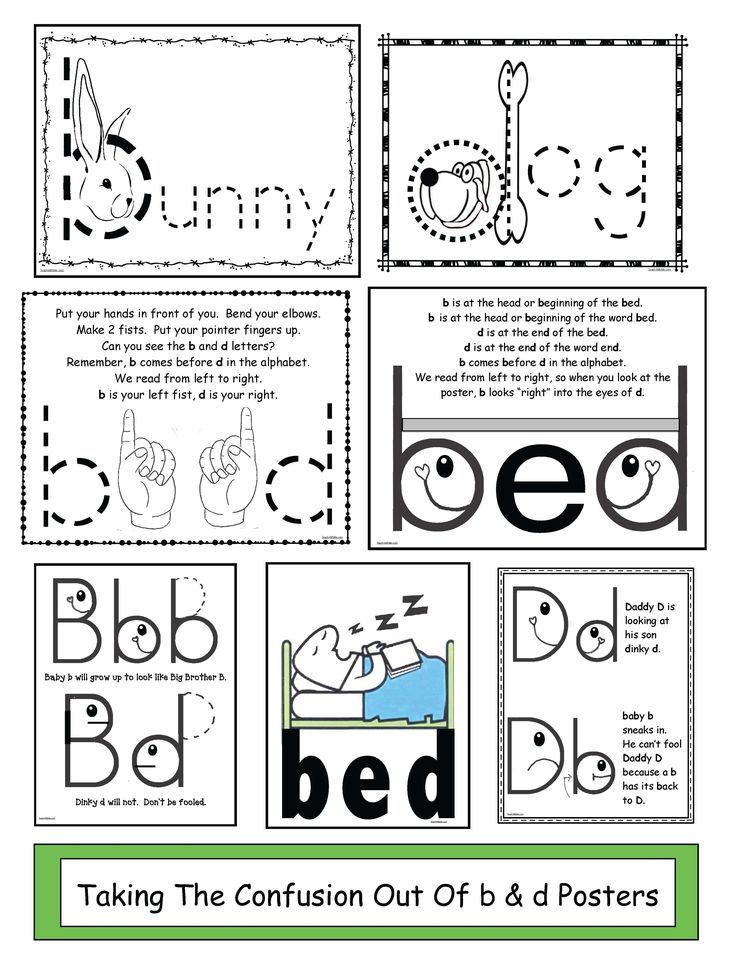 This practice serves as a great instructional routine that does not take much time.
This practice serves as a great instructional routine that does not take much time.
You want to give students repetitive practice because they know what to expect, they have a short time to practice what they’ve learned, and most students can complete the activity without much direction.
During this time, you can help your students who need the most intervention. We created these Alphabet Printables, so students have a variety of activities to practice when doing independent and partner practice.
Kiddos get to practice writing the letter, both upper and lowercase, distinguishing between the upper and lowercase letter (with daubers), identifying pictures that begin with that letter sound, and finding that letter on a keyboard. So many different ways to practice one letter, and it is all on one piece of paper!
2– Have multiple references and tools available in the classroom when teaching letters and sounds.Students need the same resources we do when they need information. Kids will use these resources if we teach them to use them before asking you or another teacher for information.
Kids will use these resources if we teach them to use them before asking you or another teacher for information.
These can be posters on the wall, an informational page in their desk folder, or resource cards. We have created these Alphabet Poster Cards for our students, so they have access to this information when they need reminders for letters and sounds.
Print these posters as full pages, half pages, or quarter pages. You use these as a sound wall, visual cues, posters, and flashcards!Each poster comes in both black and white and color. We have included the alphabet, blends, digraphs, diphthongs, long vowels, r-controlled vowels, trigraphs, short vowels, word families, and double consonants.
3–Be creative and provide novelty when practicing letters and sounds
It’s important to remember what kids want to create. They want to do things that are out of the ordinary. So be creative with the activities you choose when introducing and practicing each letter and sound.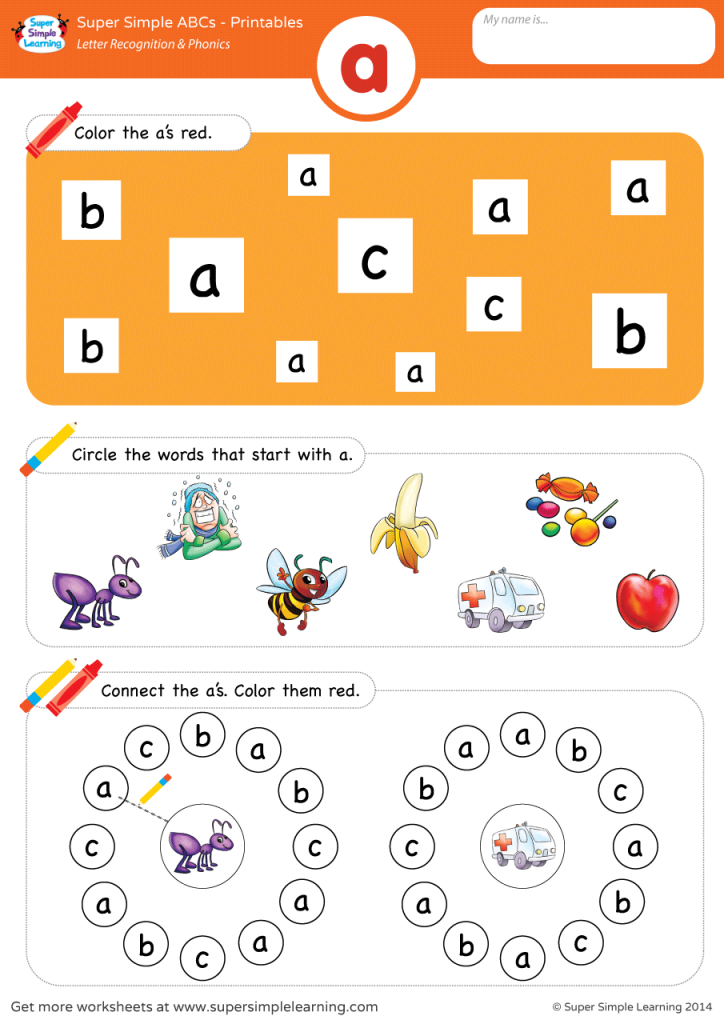
You will have great success with Alphabet Crowns. Kids love these crowns! However, there are so many other things you can try with your kids. Be creative! Use Pinterest, and find something to connect this content with your little ones.
Great Strategies that are Hands-On
4–Allow kids time to explore with hands-on and fine motor activities
Having students use their hands/bodies while learning is fundamental to their brain development. When kids use their muscles and brains simultaneously, they are less likely to forget what they learned. It is also great to incorporate fine motor practice into hands-on learning. We created these Alphabet Play Dough Mats to have a hands-on way to practice. Give your tactile students a chance to roll out play-dough and model the letters of the alphabet.
Plus, we have got a great recipe from instructables.com, so if you need a great Play-Dough recipe, I recommend this one! It is fabulous. I think the cream of tartar does the trick with consistency.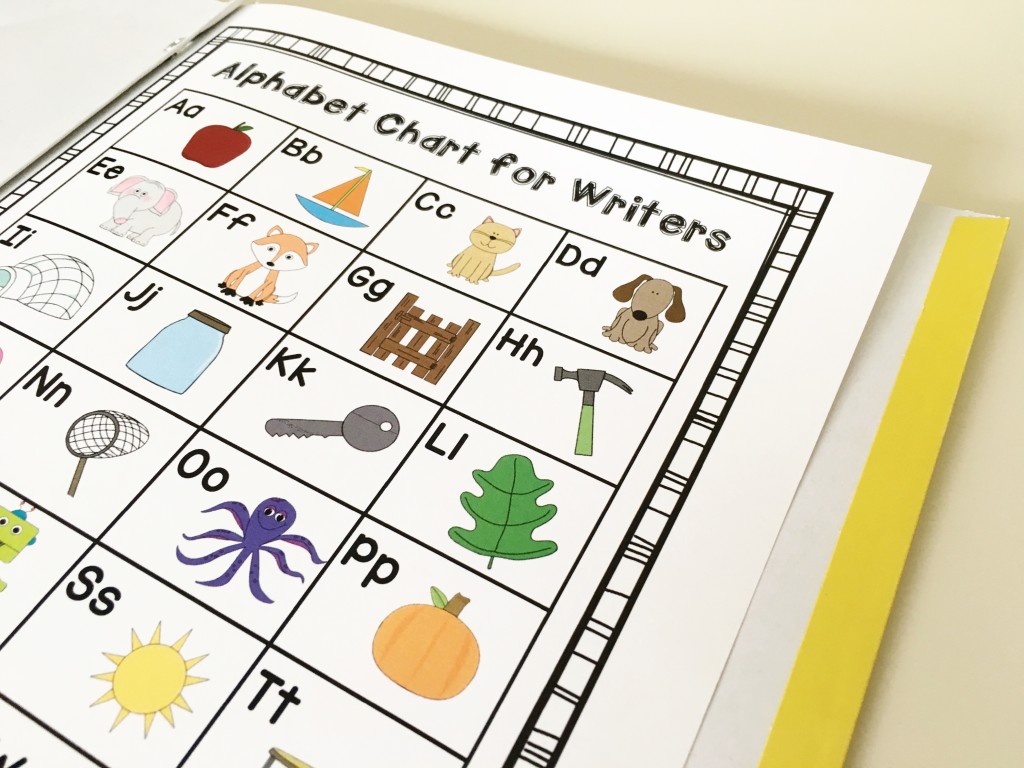
5–Incorporate art into learning letters and sounds.
Whenever I have an opportunity to allow my students to express their creativity while learning, I embrace it. I have found art activities like Alphabet Dot Art also keep behavior problems to a minimum when managed correctly.
Students get to work on fine motor, letter recognition (of different fonts), and letter/sound correlation with this activity. Students can use the dot-art piece to dab a Q-tip in paint and “dot” the image. They then cut out the pictures of objects that begin with that letter and glue them onto the different font representations of that letter. It is a fun activity for little learners! Or use Bingo Daubers from Amazon!
6–Kiddos Love Swat-a-Sound.
You can use the giant swatters from Dollar Tree (or the $1.25 Tree). Then, spread letters out on the carpet and give two kiddos (each) a swatter- then say, “Find the letter that makes the sound (insert here).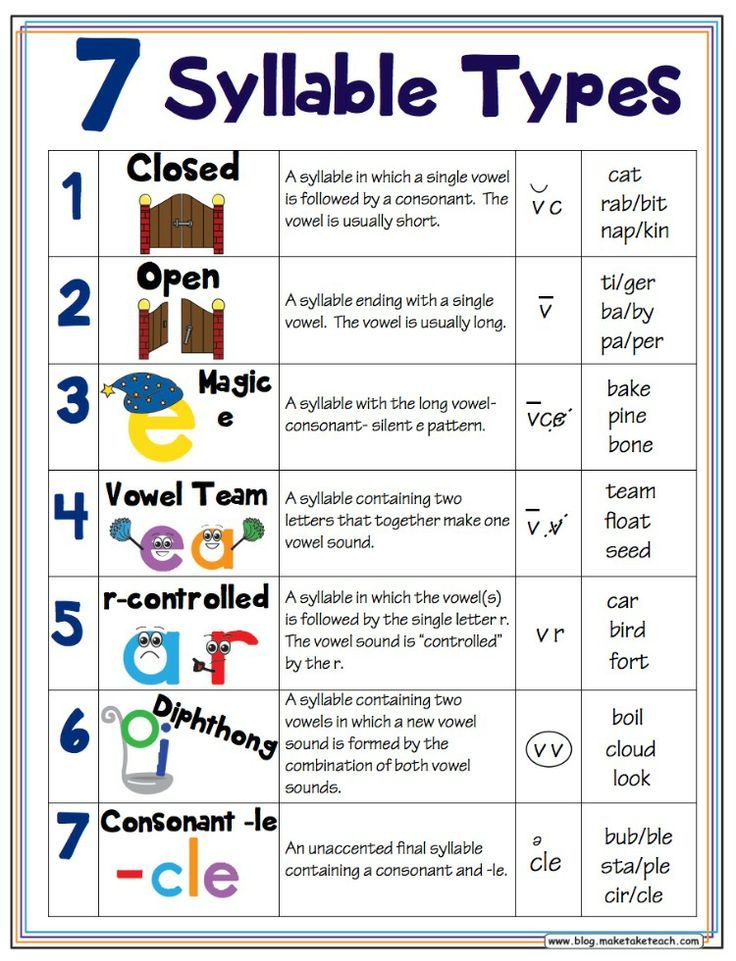 ” They hit it with the swatter and say its name and sound. Then two more friends go. We have played in whole and small group settings. They always ask to play!
” They hit it with the swatter and say its name and sound. Then two more friends go. We have played in whole and small group settings. They always ask to play!
-Jessica R.
More Letters and Sounds Strategies that Get Them Moving
7–We sing and dance to songs like this: Everybody dance now!A says /a/,/a/,/a/. And on and on
-Vera from The Tutu Teacher
8–Have Fun Teaching videos from YouTube! They are great. We listen to them every morning.
https://educationtothecore.com/2021/03/youtube-videos-that-teach-phonics/
Phonics videos are great to use in a variety of settings! I use phonics videos to get my students started in the morning, during indoor recesses, brain breaks, 5-minute time gaps, and of course, during the reading block. They are a great tool to get your students up and moving while learning phonics skills. Here are some of my favorite YouTube videos that teach Phonics skills our students have to learn.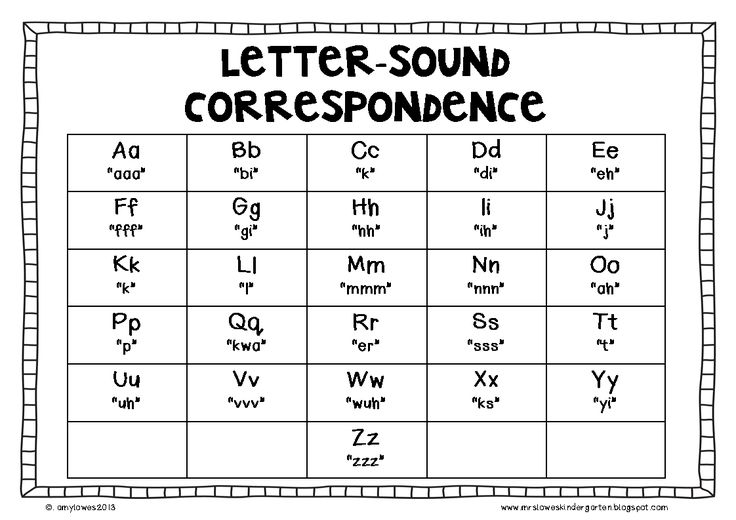
9–Why a Sound Wall?
Sound walls have grown increasingly popular in recent years. For good reasons too!
Sound walls stem from the Science of Reading where it focuses on the connection between print patterns and phonological information. Sound Walls allow for explicit instruction of phonemes or the sounds we hear. We use letters to represent those sounds or graphemes. A sound wall pairs the speech sounds (phonemes) to the letters (graphemes).
Using sound walls, your students will have everything they need to
- Properly produce sounds.
- Identify which sounds correspond to certain spelling patterns.
- Read and write words that have them.
Strategies for Letter and Sounds that Don’t Feel Like Work!
10–Alphabet Foldable Booklets
There are three different versions for each letter.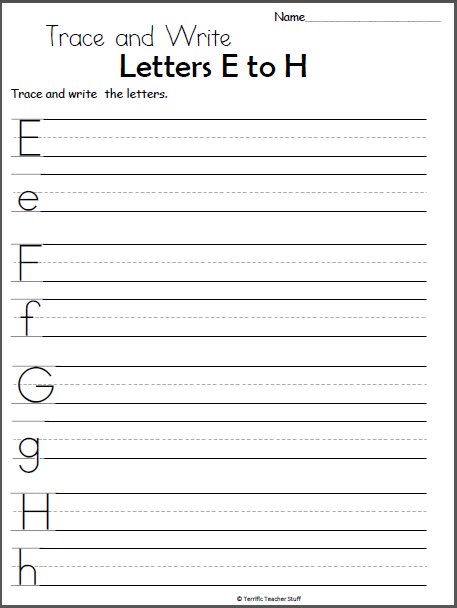 And, you can use them with all of your students, regardless of their academic level. Start with learning just the letters and words that start with that letter. Move onto one sentence per page with the same images. Lastly, students can practice reading two sentences per page with the same pictures. Students can learn print concepts, identify letter names and sounds, and practice sight words and fluency with these foldable booklets.
And, you can use them with all of your students, regardless of their academic level. Start with learning just the letters and words that start with that letter. Move onto one sentence per page with the same images. Lastly, students can practice reading two sentences per page with the same pictures. Students can learn print concepts, identify letter names and sounds, and practice sight words and fluency with these foldable booklets.
Each booklet focuses on one letter of the alphabet. Every no prep booklet has these activities:
- Uppercase and lowercase letter identification
- Letter writing practice (uppercase and lowercase)
- Beginning sound identification (color pictures)
- Letter art decorating
- Writing words that begin with that letter
- Fill in the blank sentences with words starting with that letter
11–Letter Building STEM
Students can build letters using popsicle sticks.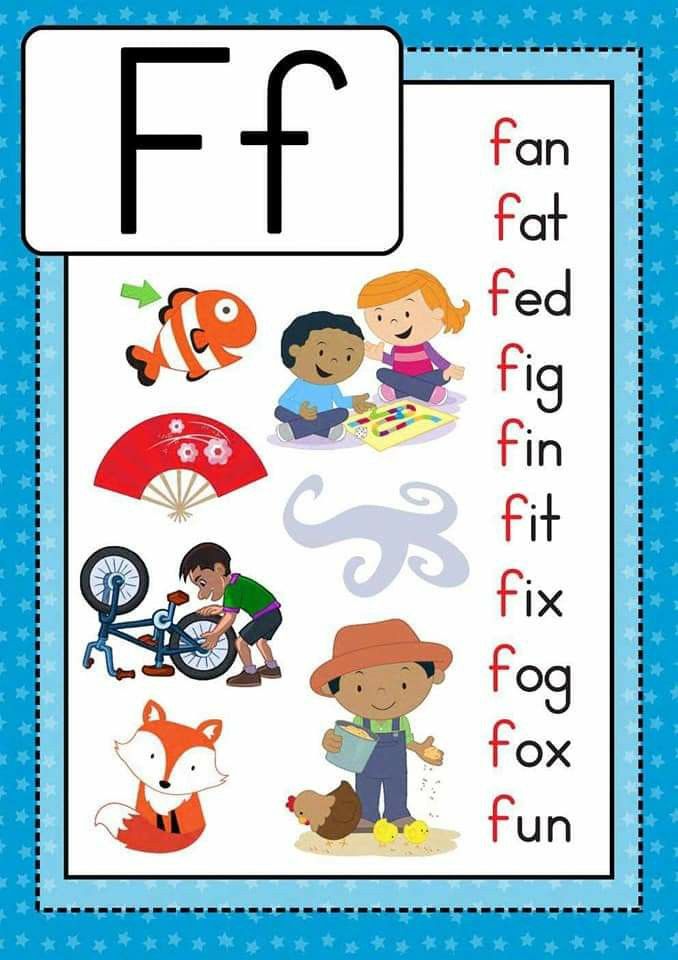 They can then count how many sticks were used to build that letter and record the number.
They can then count how many sticks were used to build that letter and record the number.
More Strategies Using Their Hands
12–Alphabet Sensory Tubs
Take a set of magnetic letters and bury them in some sensory substance (sand, rice, water beads, etc.). Students will then have to “search” for the letters and match them to a corresponding sentence strip. Sensory Bins with Letters (picture and several ideas from Still Playing School)– Sometimes, the best way to help kids learn is to let them explore. Or, spread shaving cream out on a tray and have your students write out the letters in the cream.
13–Write and Wipe Puzzles
I let my students each have a set of these. They could practice cutting out the puzzle pieces and writing each letter of the alphabet. They kept all of the pieces in an envelope, so it was a center they could repeatedly do while practicing the beginning sounds of words.
14–Alphabet Watches
Students can wear their letters and sounds with these watches.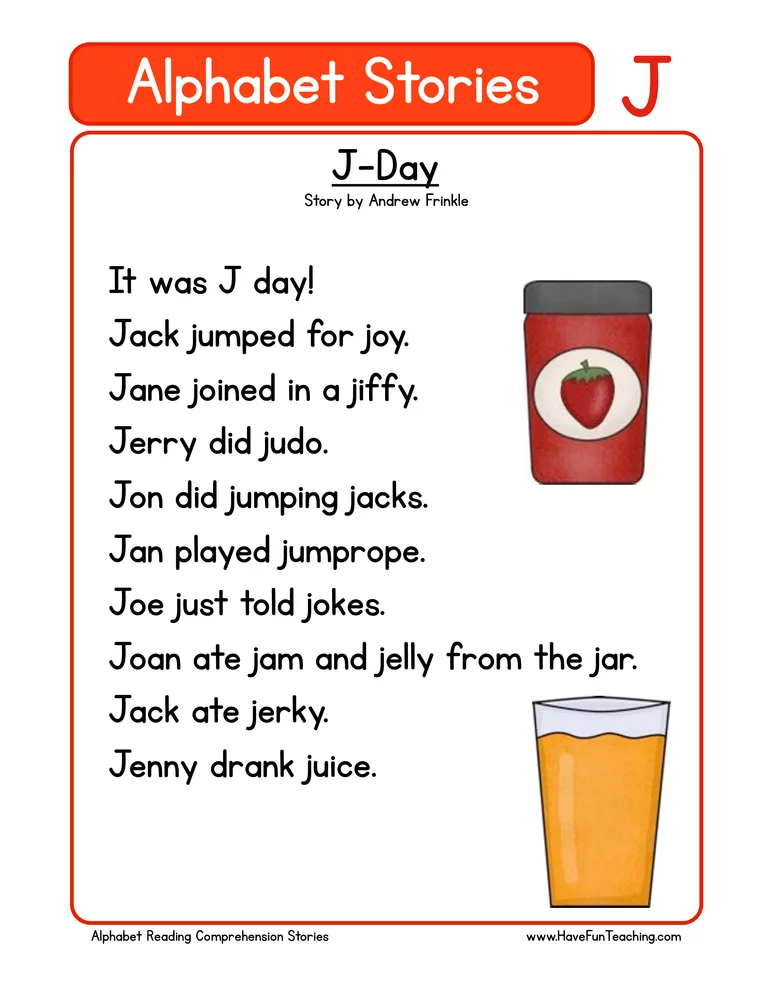 These watches are just a different version of the crowns for those of you who would rather have your students wear alphabet practice around their wrists instead of their heads. They can “check the time” as they practice identifying the letter name and then pictures/words that begin with that particular letter.
These watches are just a different version of the crowns for those of you who would rather have your students wear alphabet practice around their wrists instead of their heads. They can “check the time” as they practice identifying the letter name and then pictures/words that begin with that particular letter.
Additional Strategies for Letters and Sounds
15–Digital Alphabet Activities
For those of you who are teaching virtually or parents who prefer not to print out a lot of papers at home, we recommend using digital alphabet activities. This bundle includes alliterations, keyboarding practice, and beginning sound hunts. This digital practice will engage kids for hours with these alphabet practice activities.
16–Data is a part of teaching, but sometimes our kindergarteners are given assessments that are not suitable for their skills. We have created a Kindergarten Data Tracking Book that assesses the skills we teach.
In this databook, teachers can track letters, numbers, shape identification, sight words, CVC word reading, writing letters and numbers, and addition and subtraction.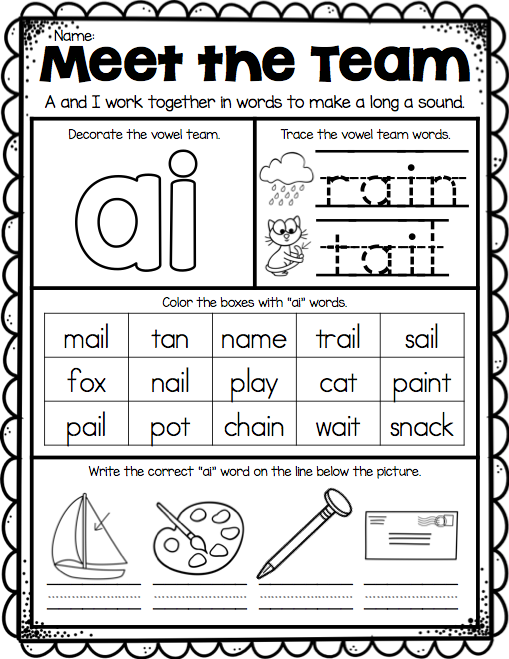
Check out all of the pages we include in this Kindergarten Data Tracking Book. (As a fun bonus, they are all created around chocolate chip cookies. Yum, Yum).
17–Pancake Flip – Cut out 5-10 brown circles and write the letters students are currently working on in class (you may want to do 3-4 circles for each letter). Using a spatula, students “flip” over the circles and say the letter name.
18–Letter Game Board – Print out a couple of free game board templates. Fill in the blank spaces with letters that you are working on. Find a die and a couple of cubes or other math manipulative items, and students can play a letter identification game.
Easy Strategies for Letters and Sounds
19–Magazine/Newspaper Ad Scavenger Hunt – Students will go through old magazines and newspapers, searching for pictures that begin with a given letter sound.
20–CORE BINDER—The CORE Binder is the ULTIMATE resource covering daily activities from classroom routines, math, and ELA.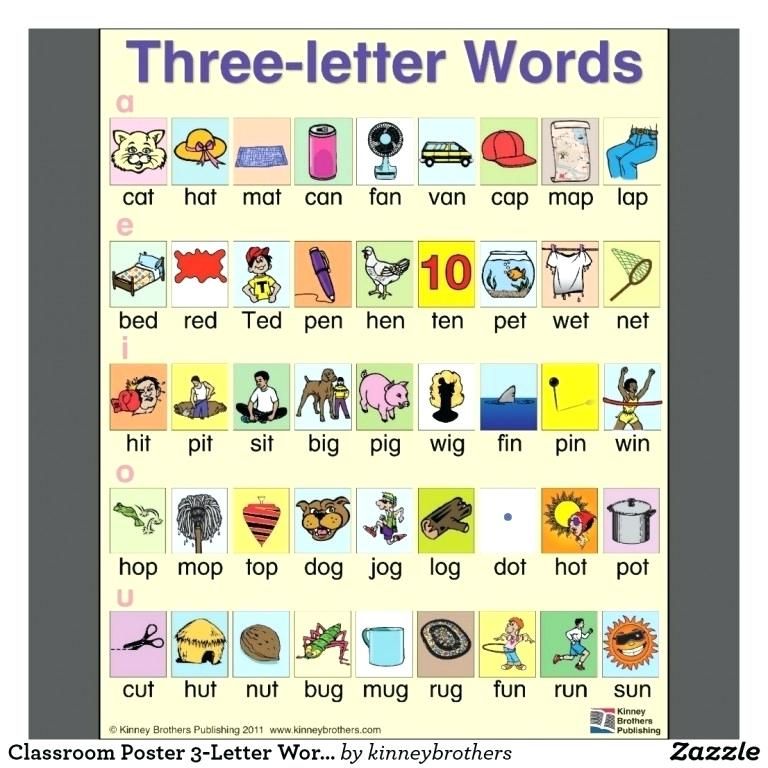 These Classroom Organizers and Resources for Education also include social and emotional tools because we know teaching isn’t all 123s and ABCs. But, it does include letter sounds, word building, phoneme blending, and so forth!
These Classroom Organizers and Resources for Education also include social and emotional tools because we know teaching isn’t all 123s and ABCs. But, it does include letter sounds, word building, phoneme blending, and so forth!
21–Alphabet Flip Books—
These are Alphabet Cards designed to teach letters and sounds!
ABC Flip Books: Alphabet cards. Use these to teach words that begin with each letter of the alphabet. Each letter contains six cards and one letter writing practice. These cards can be laminated, cut, hole-punched, and secured with a ring.
22–Alphabet Flip and Reveal—
This activity is Alphabet Flip and Reveal. These are great for small group instruction, centers, intervention. Alphabet Flip and Reveal is also a great resource to have on hand in the classroom.
Flip and Reveal includes all letters/sounds of the alphabet and ten images for each letter/sound. All letters have an accountability sheet where your students can practice letter formations while matching the letter with the corresponding picture.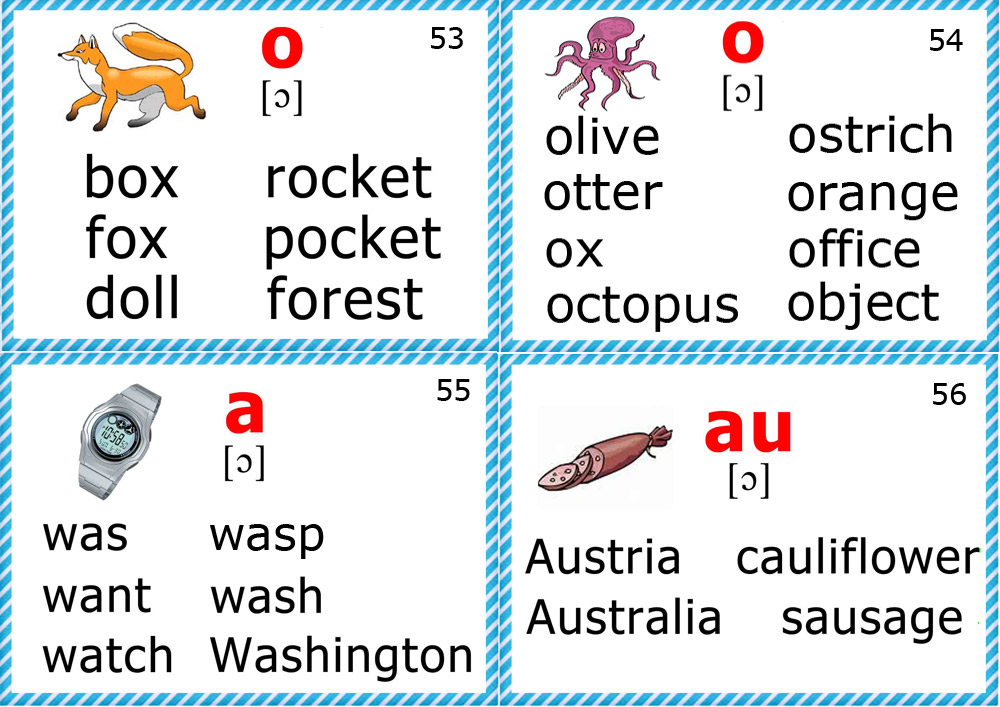
More Games for Letters and Sounds
23–I Have Who Has—This is an ABSOLUTE MUST-HAVE! Your students will beg to play these games, not only for their alphabet and ELA but for their MATH as well!
- Learning Through Play: Students can learn while doing something fun and effective!
- Flexible Use: This is the perfect warm-up for your lesson, lesson practice for a new concept or skill, review, small group, and more!
24–Play the game “I Spy.”
In the game “I spy,” you pick something you see and don’t tell the child what it is. The child has to guess what you see. Or, grab our I Spy Phonics–ETTC developed an entire resource dedicated to phonics-based I SPY Activities – updated to include 84 activity pages!
25–Bingo
We have so many fantastic resources that you can use in your classroom to expose your students to the letters of the alphabet and their sounds! But, we also don’t mind sharing from other sources!
This gorgeous Initial Letter Bingo Cards set is perfect for a small group or whole class activity.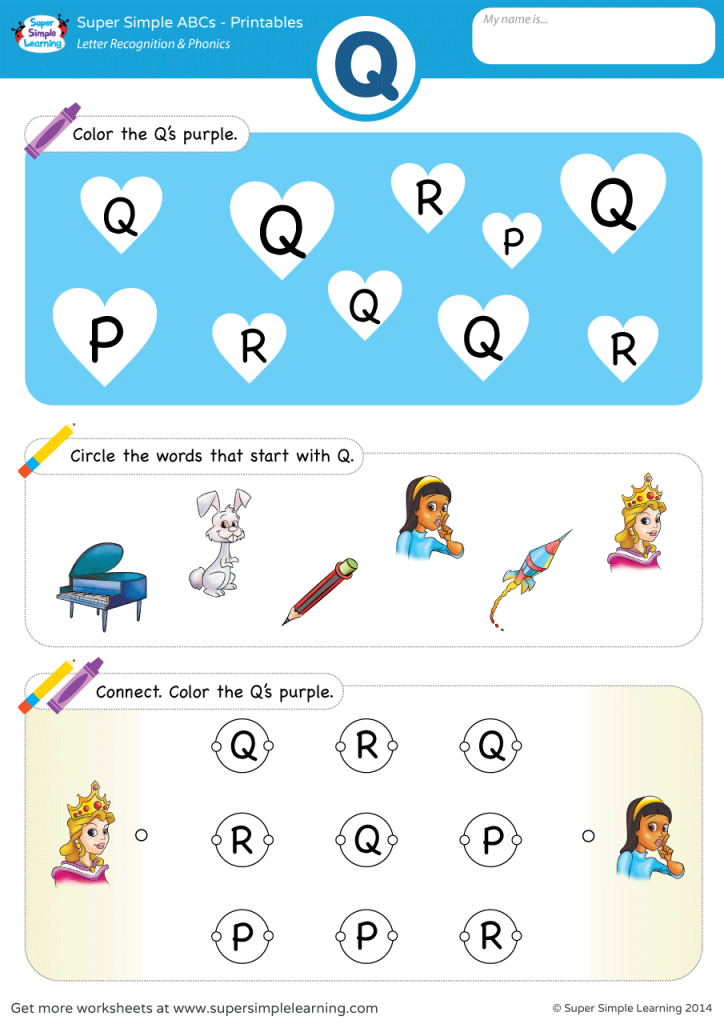
Need daubers? Grab some here: Bingo Daubers from Amazon!
26–MemoryChoose five to ten pictures and matching letters. Place each card face down. In pairs, students take turns to flip over two cards. Once they turn over a matching picture and letter, they get to keep these cards. The student with the most cards wins!
Or how about this great idea for letter memory using paper plates from FrugalFun4Boys!
27–The Name Game
Give your children a notecard with their name spelled clearly on it. Say, “Whose name has a __ in it?” and all children with that letter in their name have to do something silly, like stand on one foot or touch their tongue to their nose, etc.
And Here is a Great Bonus: If you aren’t quite sure about our Sound Wall resource yet, please read Making the Most of Your Sound Wall! This resource is manageable and user-friendly and naturally lends itself to student differentiation.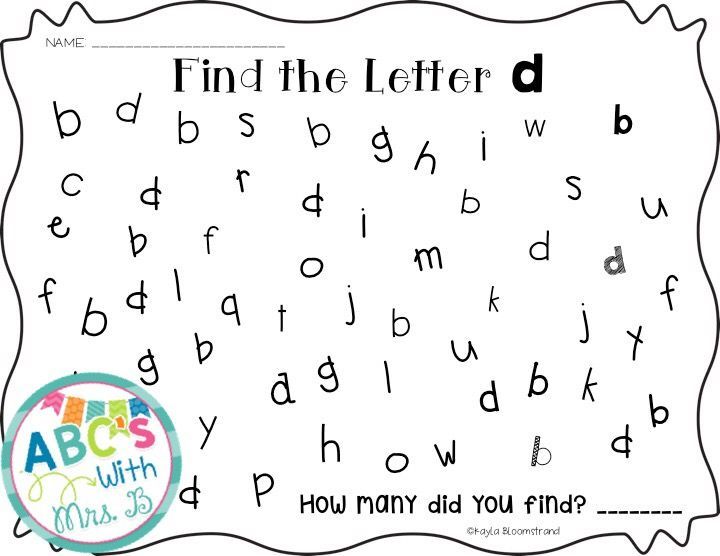 If you are a paid premium member, you can also find this resource BUNDLED within the premium website! Because this is a bundled resource within premium means it is not available to our free members. So be sure to become a premium member to gain access!
If you are a paid premium member, you can also find this resource BUNDLED within the premium website! Because this is a bundled resource within premium means it is not available to our free members. So be sure to become a premium member to gain access!WRITTEN BY – SUZANNE KELLEY
At Education to the Core, we exist to help our teachers build a stronger classroom as they connect with our community to find trusted, state-of-the-art resources designed by teachers for teachers. And, we aspire to be the world’s leading & most trusted community for educational resources for teachers. Plus, we improve the lives of every teacher and learner with the most comprehensive, reliable, and inclusive educational resources.
If you enjoyed what we have to offer at ETTC, be sure to join our email list so that you won’t miss a beat. Plus, we are here to help with all your resource needs. Become a Premium Member of Education to the Core and receive immediate access to thousands of printable activities.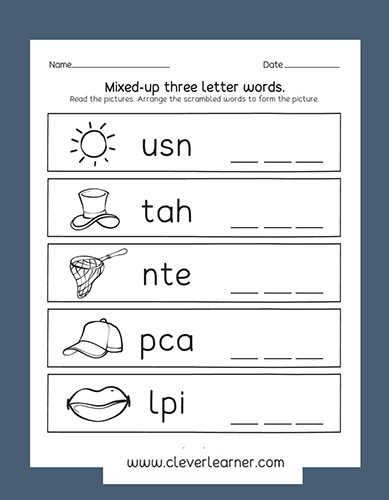 So, for one small monthly or annual fee, everything ETTC can be at your fingertips all of the time.
So, for one small monthly or annual fee, everything ETTC can be at your fingertips all of the time.
Comments
comments
Phoneme-grapheme interference during language contact
Full text of the dissertation abstract on the topic "Phoneme-grapheme interference during language contact"
Manuscript
BUGAEVA Irina Vladimirovna
UDC 808.2.115.+802.024.-I:732.
Phones-making interessiya during language CONTACT / in the conditions of English-Russian bilingualism / nine0005
Specialty 10.02.01 - Russian language
ABSTRACT of the dissertation for the degree of candidate of philological sciences
Leningrad 198"
The dissertation was completed at the Department of the Russian Language of the Faculty of Philology of the Leningrad Orlen of Lenin and the Orlen of Labor 'Red Banner of the State University
Supervisor - Doctor of Philology,
Official opponents
Lead institution nine0005
Professor V.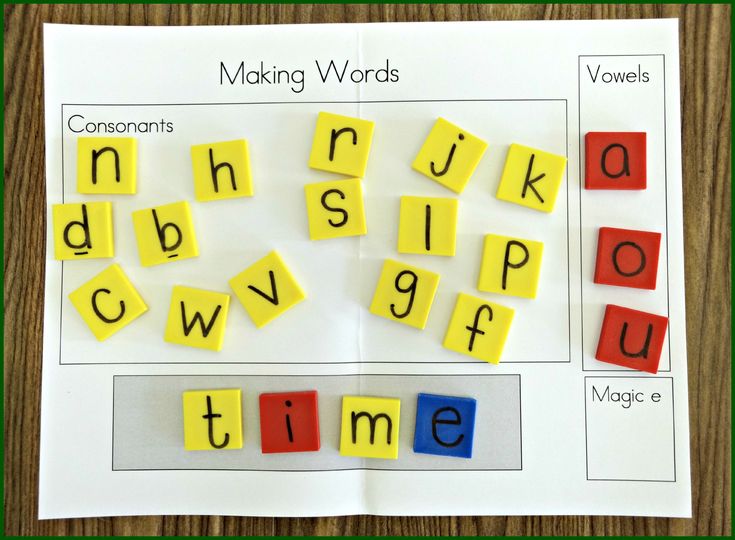 L. Ivanova Doctor of Philology, Professor A.I. Moiseev
L. Ivanova Doctor of Philology, Professor A.I. Moiseev
candidate of philological sciences, associate professor L.N. Sorokina
Leningrad State Pedagogical Institute named after A.I. Herzen
Defense will take place
1989 in
ate)
hours
at the meeting of the specialized council by 063.57.34. for the award of the degree of candidate of philological sciences at the Leningrad State University at the address: 19degla is becoming increasingly important due to socio-political, social, economic and cultural reasons. It is well known that the interaction gtropes / in other or more languages does not go unnoticed for them: certain changes occur that do not depend on the internal regularities of these systems. These changes, which were of particular interest to linguists, prompted a serious comparative study of various languages. As a result, by now a new section of linguistics has been equipped, which is called differently: "comparative linguistics", "contrastive linguistics" / V. N. Yarpeva /, "conjunctive linguistics" / A.ch. "/ L.A.~Lutstenko/. Numerous works of Soviet and foreign linguists are devoted to these problems. .L. RozenpveGt, R. l. Lyubimova and many others). nineormashte! especially ve-. face the role of written communication. Oral speech interacts with written language when people talk about it!?, and spelling literacy to a certain extent depends on the level and strength of Phonetic knowledge. Mistakes in writing in a foreign language often arise due to the phenomenon of phonetic interference, which is realized through the correct or incorrect establishment of phonetic-little-graphic correspondence. On the other hand, a number of errors in oral speech and in reading aloud a text in a foreign language are caused by violations of the rules of reading and the incorrect establishment of grammatical correspondence of the language being studied. nine0005
N. Yarpeva /, "conjunctive linguistics" / A.ch. "/ L.A.~Lutstenko/. Numerous works of Soviet and foreign linguists are devoted to these problems. .L. RozenpveGt, R. l. Lyubimova and many others). nineormashte! especially ve-. face the role of written communication. Oral speech interacts with written language when people talk about it!?, and spelling literacy to a certain extent depends on the level and strength of Phonetic knowledge. Mistakes in writing in a foreign language often arise due to the phenomenon of phonetic interference, which is realized through the correct or incorrect establishment of phonetic-little-graphic correspondence. On the other hand, a number of errors in oral speech and in reading aloud a text in a foreign language are caused by violations of the rules of reading and the incorrect establishment of grammatical correspondence of the language being studied. nine0005
All of the above determined the subject of research, which is phonemic-gralem interference in the conditions of Russian-English language contact.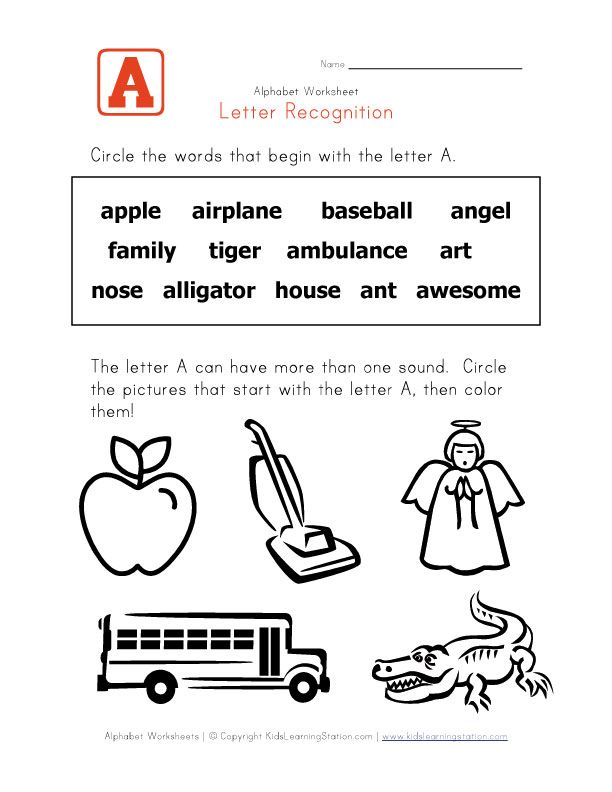 We are talking specifically about phoneme-grapheme interference, since phonetic / allo-Pho-H1gcheskaya / interference does not appear at the graphic level.
We are talking specifically about phoneme-grapheme interference, since phonetic / allo-Pho-H1gcheskaya / interference does not appear at the graphic level.
The relevance of the topics is due to the unresolved number of theoretical issues related to determining the status of the line of "G'onemno-grgFemnoG" intervention, the place of the latter among other types of speech interference, and also the practical necessity of scientifically sound "methods of teaching foreign languages, in particular, Russian language as foreign.- nine0005
The linguistic basis of teaching Russian as a foreign language is a bilingual comparison of systems, which implies the existence of the fifth of the full description languages at all levels. Phoneme-grapheme comparison requires a description of Phoneme-grapheme correspondence languages. For the English language, such a study was carried out from different theoretical positions / S Nda. g paOpa ./¡.Luk, d
From this follows the scientific nature of the dissertation research: for the first time the phonemic-graphemic correspondence of the Russian language is described and the phonemic-graphemic comparison of Russian and English is carried out.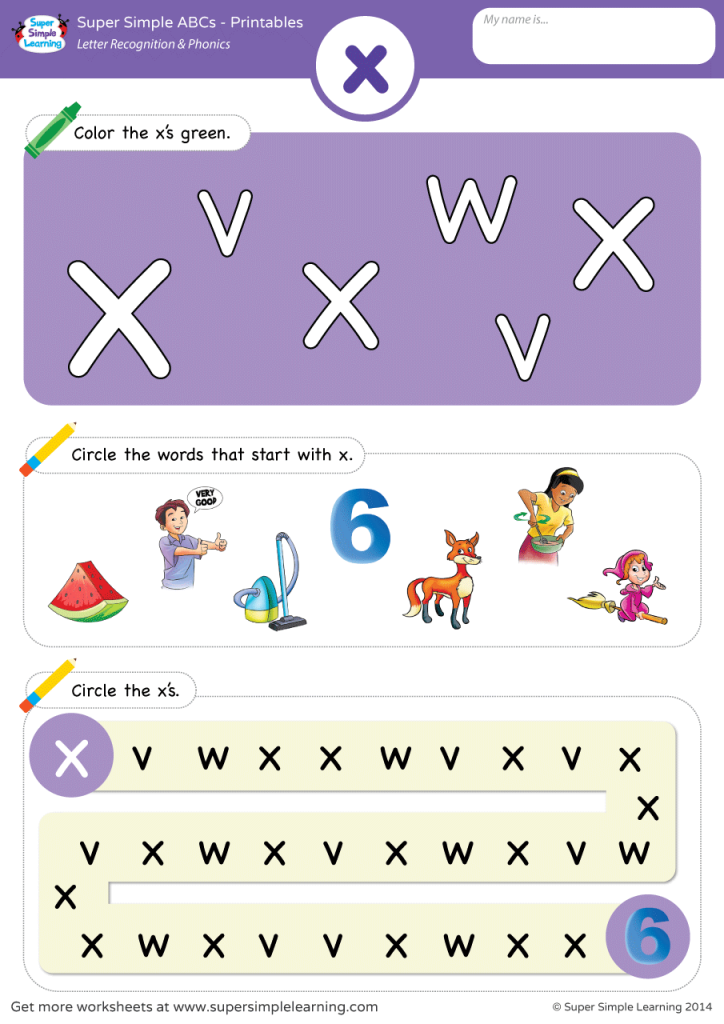 The fact that similar graphemes in two languages / for example, В in English and Russian / have non-identical sound correspondences, makes it possible to consider graphics as one of the sources of interference. Graphic interference has not yet been the subject of special study. In this paper, for the first time, the definition of "graphic interference" is given and its place among other pitchforks of linguistic interference is determined. nineFemnoR interference;
The fact that similar graphemes in two languages / for example, В in English and Russian / have non-identical sound correspondences, makes it possible to consider graphics as one of the sources of interference. Graphic interference has not yet been the subject of special study. In this paper, for the first time, the definition of "graphic interference" is given and its place among other pitchforks of linguistic interference is determined. nineFemnoR interference;
2/ Formation of the definitions of "graphic interference" and "Phonemic-grapheme interference"; 3/ establishing the composition of the graphs of the Russian language; 4/ description of graphonemes and phonographs of two languages and identification of features of phonemic-graphemic correspondence; 5/ comparison of Phoiemic-graphemic expressions of the Russian and English languages and linguistic prediction of the results (both positive and negative) of the interaction of the two languages;
6/ linguistic interpretation of violations in the oral and written speech of English speakers in Russian.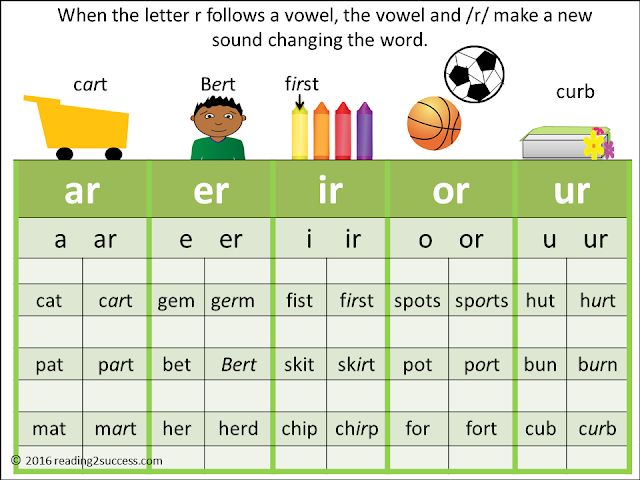 nine0005
nine0005
The tasks of the work determined the choice of the following research methods:
I/ comparisons of language units; 2/ auditory analysis;
3/ descriptive analysis involving statistical analysis.
In the refereed dissertation work, only the consonantism of the Russian and English languages is considered in the conditions of Phonemnes-grapeme interference. The object of the study was the implementation of consonant Phonemes, entering into diatonic relations, and graphemes, entering into diagraphic relations, in the oral and written speech of English speakers in Russian. nine0005
The practical significance of this study lies in the fact that the main provisions and conclusions of the work can be used in the development of the most rational methodology for teaching reading and writing in a foreign language based on the proposed method for comparing phonemic-graphemic correspondents of languages using Cyrillic and / or Latin graphics ; pgi compiling teaching aids in the Russian language for
-G-
foreigners; in Dalneppen studied theoretically * problems of applied description of the Russian language; in the study and classification of interference phenomena.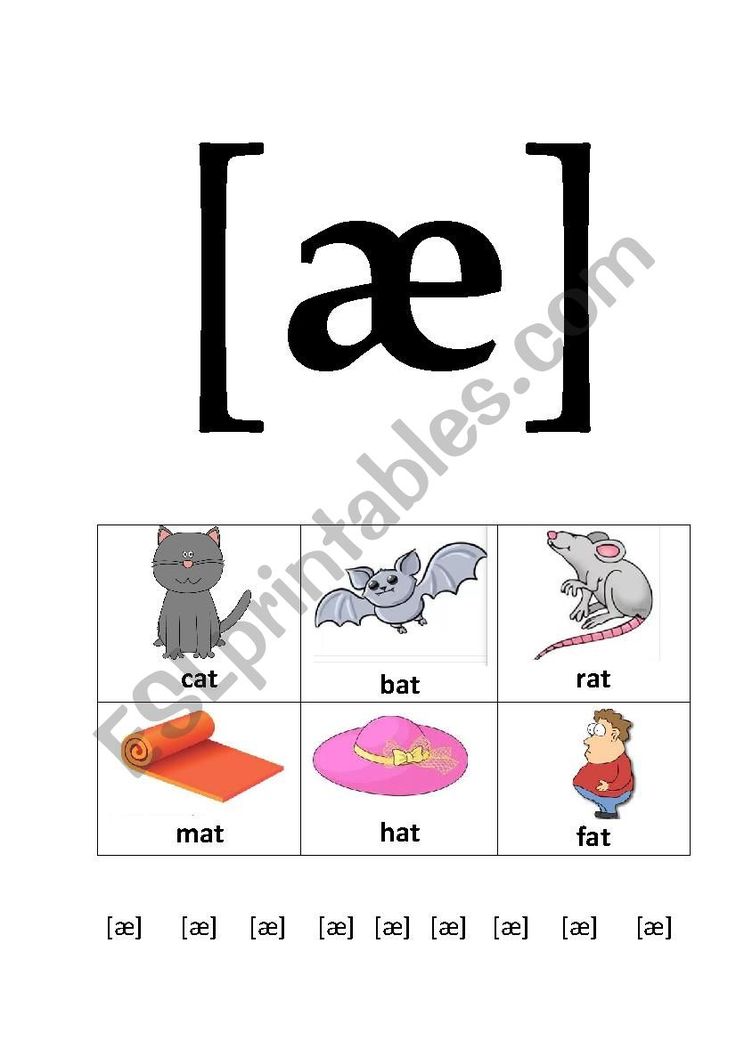 nine0005
nine0005
Work approbation. the dissertation was discussed at a meeting of the Language Faculty of the Philological Faculty of the Leningrad State University. The main provisions and results of the study were presented in reports at postgraduate seminars on the Russian language of the Faculty of Philology of the Leningrad State University, at the Kholodakh T'teigshkh Leningrad State University / T98Yag. / conference, at the All-Union Conference "Principles of linguistic topical description of the Russian language and taking them into account when creating textbooks and teaching aids " / Moscow, February 19contacting languages;
- Establishing the pattern of phonemic-grapheme correspondences of each of the languages that come into contact provides the possibility of linguistic modeling in relation to the interaction of Phonological and graphic systems in communication in order to predict potential errors in the process of reading and writing in a non-native language and to create rational methods of teaching foreign languages.
The structure of the work is determined by the purpose and objectives of the study. The dissertation consists of an introduction, three chapters, a conclusion, a list of references and an appendix. nine0005
The introduction substantiates the relevance of the chosen topic, defines the object, subject, purpose and objectives of the study; scientific novelty and practical significance of the work are revealed; Forsh approbation is noted.
The first chapter "Problems of Phonemic Gralem Interference in Language Contacts" is devoted to the history of the study of bilingualism and interference; basic concepts and terminology are defined.
Modern works on language contacts mainly deal with three problems; bilingualism, interference and convergence of contacting languages. nine0005
Bilingualism is usually understood as the knowledge of languages and the practice of alternately using one or the other language, depending on the situation / U. Reinreich /. "Sociolinguistically, bilingualism is subdivided into natural and artificial, Under the natural, bilingualism decreases, arise!" bilingualism arises from the active and conscious assimilation of a second language.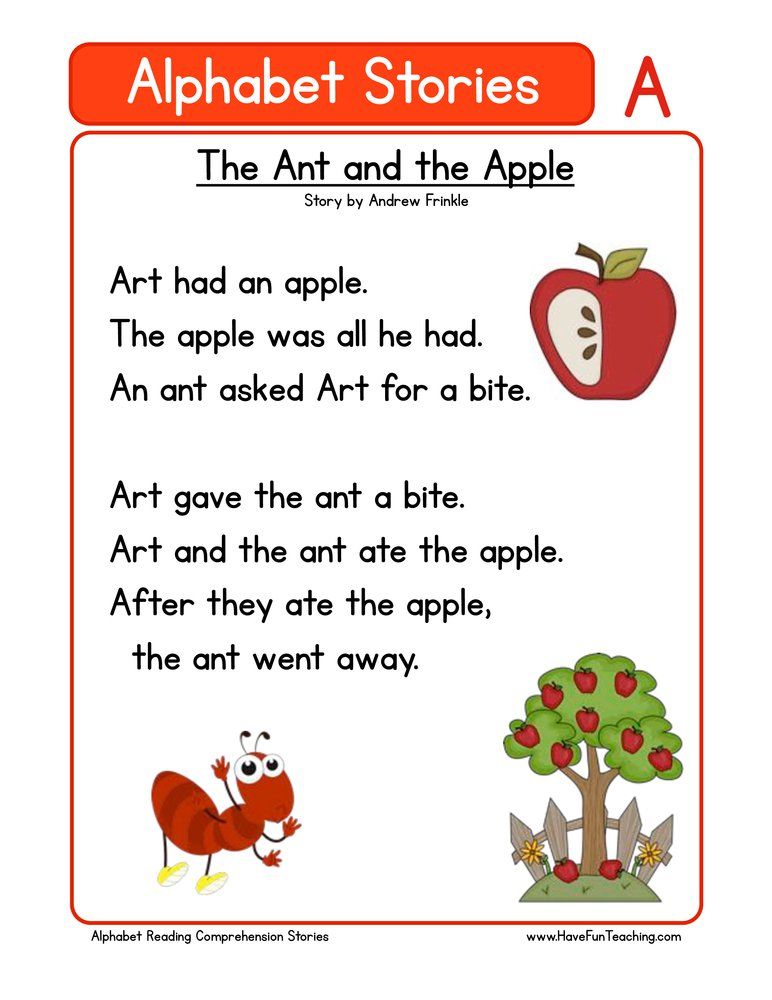 More often this happens at school or in special classes at a university or in courses. 17 of the reviewed work considers an artificial type of bilingualism in its suborlinative variety. Subordinative bilingualism is spoken of when a bilingual is fluent in only one language, which is native to him and subjugates a second, non-native language /V.R.Rozenschzeig/ in consciousness. nine0005
More often this happens at school or in special classes at a university or in courses. 17 of the reviewed work considers an artificial type of bilingualism in its suborlinative variety. Subordinative bilingualism is spoken of when a bilingual is fluent in only one language, which is native to him and subjugates a second, non-native language /V.R.Rozenschzeig/ in consciousness. nine0005
The interpretation of linguistic interference as a result of the interaction of languages goes back to U. Weinreich. N.A. Lyubimova considers a more correct interpretation of the term to be the understanding of interference not as a result, but as a mechanism of interaction in the mind of an individual of two or more language systems and their norms, manifested through the interference of certain skills formed on the basis of two interacting language systems.
The study of phonemic-grapheme interference is possible on the basis of a description of the Phonological and graphic systems of the contacting languages.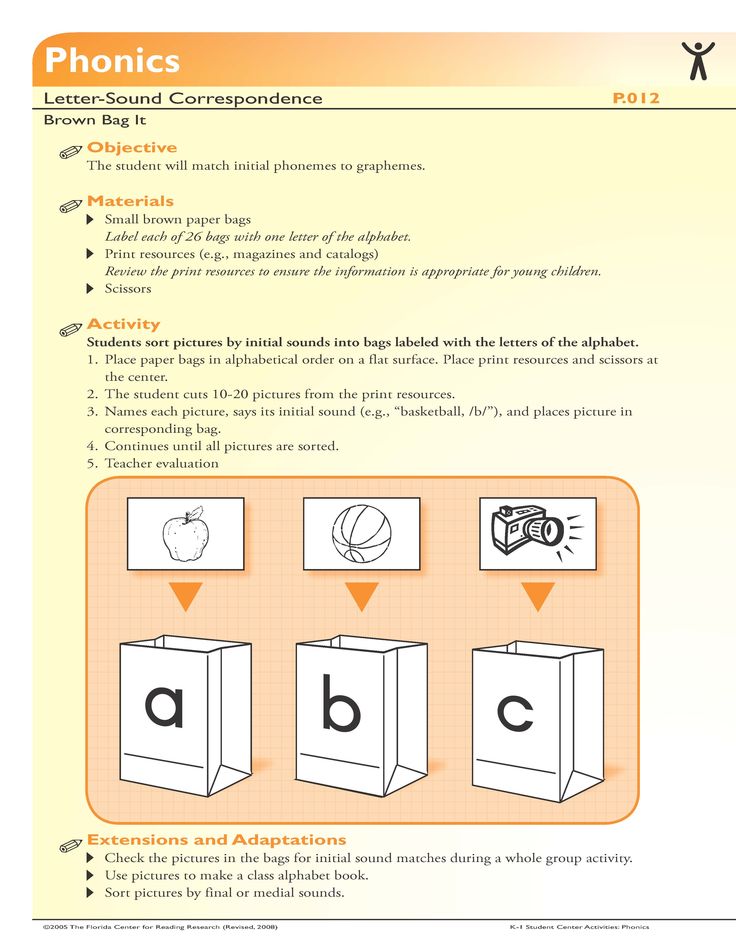 Chapter I discusses issues related to the study of the graphic system of the language; an inventory of graphemes of the Russian language is established. nine0005
Chapter I discusses issues related to the study of the graphic system of the language; an inventory of graphemes of the Russian language is established. nine0005
Gender The graphic system of a language is understood as a set of graphic units that are in certain relationships with each other and constitute a single integral system associated with the Phonological system of the language.
The units of the graphic system are divided into two main levels according to the structural-
-MD-CHNL**
constitutive and representative.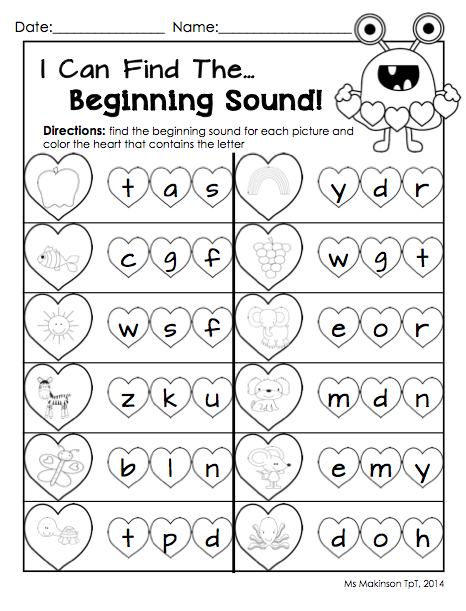
The grapheme is the minimum unit, since it is the smallest significant unit of a given language level, further division into constituent parts is impossible without losing the Functional Specificity. nine0005
The grapheme is abstract because it cannot be written, since it has four Forms of Expression: two lowercase /printed and handwritten/, and two uppercase /printed and handwritten/.
A grapheme is a two-sided unit, as it has an "expression plan" /graphic style/ and a "content plan" /phoneme/.
According to their structure, graphemes are divided into monographs and polygraphs. Monographs are equal to a letter of the alphabet. Polygraphs consist of stable, historical combinations of two, three or more letters. Then they are respectively called: digraphs, trigraphs, polygraphs / T.A. Lmirova /. nine/ corresponds to a digraph when it is within the same morpheme;
4/ related graphemes. These are such graphemes when the phoneme is not directly fixed on the letter associated with it
by a grapheme, and to convey this phoneme, at least a combination of two independent graphemes is required, the first of which will correspond with the phoneme, and the second will perform two functions: to correspond with the "own" phoneme and be a marker indicating the quality of the phoneme corresponding to the previous grapheme .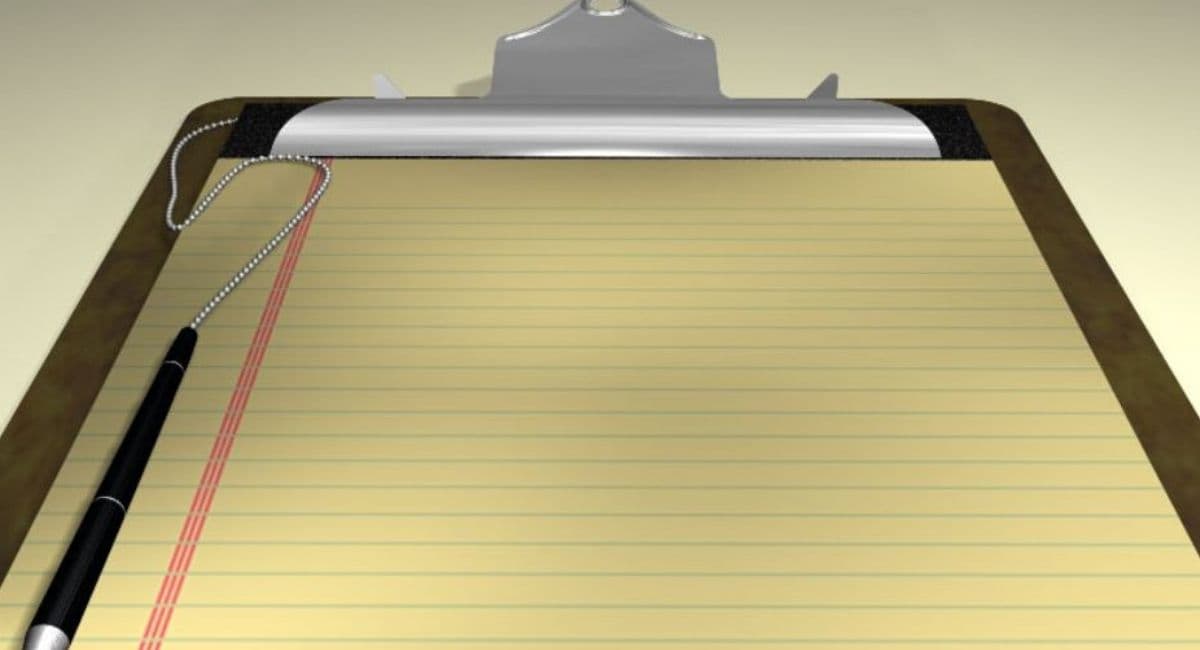 This situation in Russian is traditionally called the syllabic principle of Russian graphics. nine0005
This situation in Russian is traditionally called the syllabic principle of Russian graphics. nine0005
The grapheme is polyfunctional. Be functions are divided into basic and additional. The main functions of the grapheme: constitutive and representative. Additional funktshi gr-".*emn as an invariant are the main Fugashki yallographov.
The following types of allographs are distinguished: Г/ combinatorial /determine which graphemes can be combined and which cannot/;
2/ symbolic /associated with writing lowercase and uppercase allographs/;
3/ positional / or spelling /; 4/ optional / usually violate the graphic rules of a given language and are found in words borrowed from other languages, for example: yod/; 5/ stylistic / or printed-manuscript /; 6/ individual implementations, caused not by the system of graphic rules of the language, but by the individual characteristics of the writers. nine0005
The number and number of graphemes in the Russian language is set.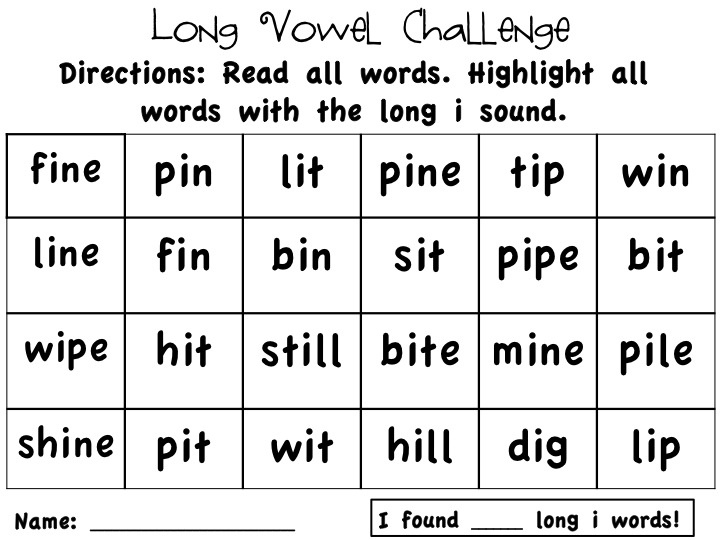 Such a study was carried out for the first time, since previously the number of letters was limited to 33. When establishing the graphemes of the Russian language, the following methodology was used: I/ segmentation of the text into minimal elements; 2/ establishing the distribution of graphemes; 3/ Establishment of phonemic-glofeme correspondence.
Such a study was carried out for the first time, since previously the number of letters was limited to 33. When establishing the graphemes of the Russian language, the following methodology was used: I/ segmentation of the text into minimal elements; 2/ establishing the distribution of graphemes; 3/ Establishment of phonemic-glofeme correspondence.
criteria for selecting graphemes: I/ the ability to distinguish words in the text; 2/ the presence of a phonemic referent; 3/ positional conditioning/unconditionality; 4/ localization within one morpheme. nine0005
All these criteria are met by 31 letters of the Russian alphabet
ta /b and ch are not graphemes, p are markers/. The composition of the graphemes of the Russian language includes 15 digraphs, which are conventionally designated as ¡2+1' / consonant letter n marker /, and in writing it is realized in two ways: either as a combination of a consonant letter and b, or as related graphemes /lъ, sya, mi etc./. Under the marker is understood a graphic unit, the content and fushitt kptprp'» is realized remotely or contact, and the main function: ': is an indication of the sound correspondence of other graphic elements associated with it.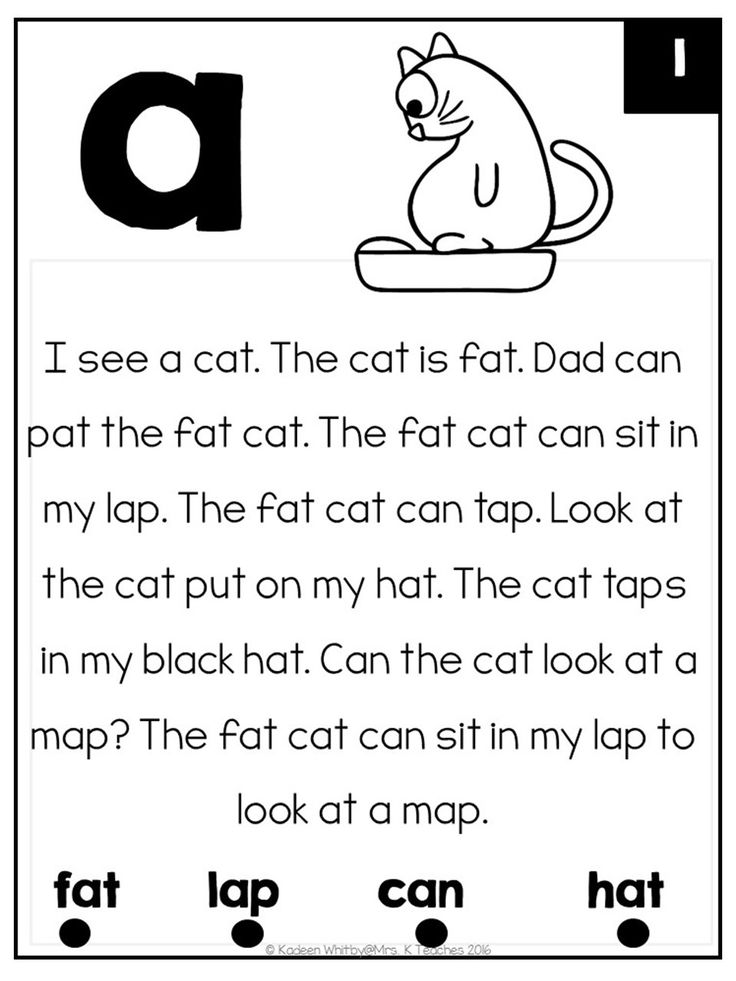 ninedistinguish words in the text, and the indicator of softness is redundant for establishing phonemic-graphical correspondence.
ninedistinguish words in the text, and the indicator of softness is redundant for establishing phonemic-graphical correspondence.
The debatable in the scientific]) literature the question of the relationship of Phonemes to graLemes is resolved in favor of recognizing the graphemic and Phonemic systems as correlative levels of different semiotic systems¡correspondences are established between the structural-functional units of the corresponding levels. When describing the correspondence, intermediate operational units are introduced: Phonographeka and graphoyema /D.Chaklokhlin, G.A.Amprova/ The description of consonant graphonemes and phonographemes of Russian and English languages is carried out. nine0005
Teaching practice and experimental data show that phonetic and spelling errors in some cases are due to a special attraction of phonemic-graphic correspondences of the native and studied languages / V. <5. Ivanova, N. A. Lyubimova, Ya. N. Varshenkova/.
For the first time the idea of the independence of phopetic-graphic interference was expressed by V.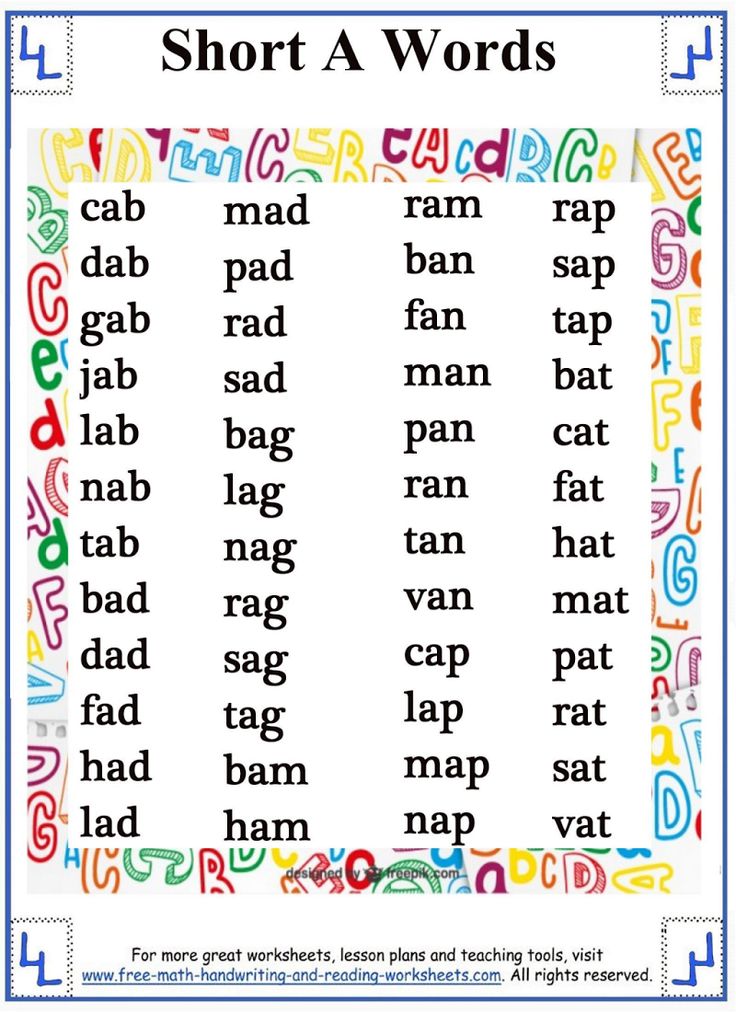 'T>, Ivanova, and the first study belongs to the student and graduate student V.®. Ivanova Ya. Bartoshevskaya. In the abstracted work, other tasks are set: the problem of Fsneshu-graFemnoR interference is considered, and the comparison is carried out not on the phonetic but on the phonological level. nine0005
'T>, Ivanova, and the first study belongs to the student and graduate student V.®. Ivanova Ya. Bartoshevskaya. In the abstracted work, other tasks are set: the problem of Fsneshu-graFemnoR interference is considered, and the comparison is carried out not on the phonetic but on the phonological level. nine0005
Phoiemio-dirtFemno interference is understood as mutual
the action in the linguistic consciousness of an individual of Phonological systems, rules of graphic designations of phonemes and orthoepic norms of contacting languages, which manifests itself through the interaction of Phonekno-grapho-Femnic and grapho-phonemic correspondence.
English and Russian languages typologically belong to the same type of writing: sound-letter. As the analysis of phonological and graphic systems shows, in both languages there are similar sounds and graphic signs, the presence of which creates the conditions for violations caused by phonemic-grapheme interference. A model of Functional connection of written expression plans is proposed! and oral forms of the language and a description of the mechanism of possible violations of Phoneme-graphemic correspondences in order to predict errors in the process of reading and writing in a non-native language. nine0005
nine0005
The second chapter "Comparative typology of Phonological systems and graphic systems of the Russian and English languages" provides a comparative description of these systems of the two languages.
Comparison of the Russian and English Phonetic and Phonological systems in order to predict and prevent errors caused by interference was carried out in different aspects and using different methods / MDalle, D. Ward, G.P. Torsuev, V.A. Vasiliev, T.N.Konovalova, P.N.Uibo, N.I.Konyshev, V.V.Kuleshov and A.B.Mishin and others/. nine0005
This paper proposes another approach, the essence of which is to establish diaphonic relations between Phonological systems! Russian and English languages. The concept of "diaphone" in the study of language contacts began to be actively used by Z. Uauten.
Diaphones can be simple, convergent and divergent lice. Simple diaphones are understood as unambiguous relationships between the phonemes of the native and studied languages, for example: the Russian phoneme / corresponds to the English Phoneme /у'/.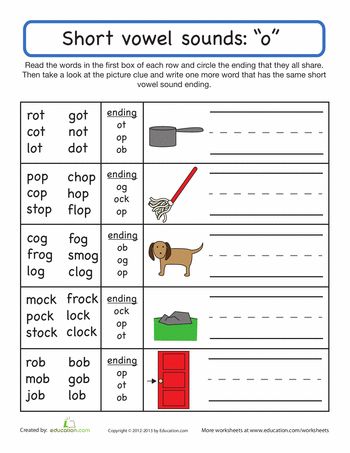 Convergent diaphones represent such a relationship when two or more Phonemes of the studied language correspond to one phoneme of the native language, for example: two Russian Phonemes /£/ and /€'/ correlate in English with one phoneme of the native language - /€/. Divergent diaphones are a type of relationship when one phoneme of the language being studied is correlated with two or more phonemes of the native language. nine0005
Convergent diaphones represent such a relationship when two or more Phonemes of the studied language correspond to one phoneme of the native language, for example: two Russian Phonemes /£/ and /€'/ correlate in English with one phoneme of the native language - /€/. Divergent diaphones are a type of relationship when one phoneme of the language being studied is correlated with two or more phonemes of the native language. nine0005
of a new language, for example: one Russian phoneme /e/ corresponds to two phonemes of the English language - [¿/ and /Ж/.
The presence of diaphones / 2 simple, 5 divergent and 15 convergent /, revealed when comparing the consonantism of Russian and English, is a source of errors caused by phonetic interference.
_In the process of reading and writing in a foreign language, one begins to
contact and two graphic these tech. Error appears- nine0005
caused by graphic interference, which is understood as the interaction in the human mind of graphic systems and their norms, manifested through the gray-descriptive and visual-perceptual skills of two or more languages that come into linguistic contact. The result of such interaction can be both positive and negative.
The result of such interaction can be both positive and negative.
Due to genetic relationship / Latin and Cyrillic are based on the Greek alphabet / Russian and English alphabets have handwritten and printed letters that can be identified, for example: В, С, Н, с, etc. Such allographs, which coincide in their formal side in Russian and English, but differ functionally in sound meaning, are called diagraphs. nine0005
To predict possible phoneme-grapheme interference, a simultaneous comparison of diaPhones and dia-graphs is carried out, i.e. that in Russian and English languages can be subjected to media language identification. To compare diaPhones and diagraphs, algorithms are proposed that are universal for any pair of languages using the Latin and/or Cyrillic alphabets.
Potential matching errors are only preconditions for actual violations. In chapter 3 "Nonem-graphemic realization of Russian consonants in the speech of English speakers" the experimental material is analyzed, the purpose of which was to test the theoretical assumptions made on the basis of comparison.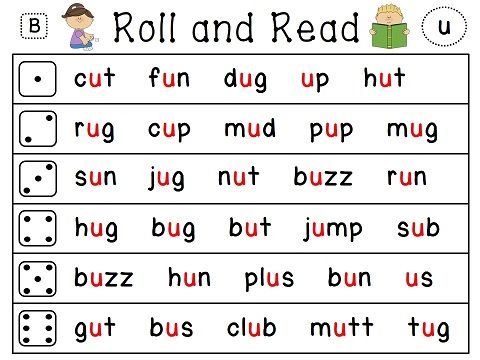 nine0005
nine0005
Two types of recording of the experimental material were carried out:
I/ oral speech was recorded on a tape recorder "Timbre-2" with
speed 19.5 mm/sec. All braided material was subjected by the researcher to phonological auditory analysis, transcribed and linguistically interpreted; in the aspect of phonemic-graemic interference in speech in a non-native language; 2/ Recording of the dictated words was carried out in notebooks by the subjects. "Pse words with errors were written out on cards, systematized, then there was a linguistic interpretation of violations in written speech in a non-native language. nine0005
Test subjects? were 32 students from Great Britain, who had an internship at the Leningrad State University. the level of their bilingualism can be attributed to subordinative bilingualism.
The textual material in the total volume amounted to 443 words, for the good of others, taking into account the three types of phonemic-graphemic correspondences of Russian and English; included words familiar and potentially unfamiliar to auditors; international and primordially Russian vocabulary, bilingual homophones / san - 5CHG1 /, quasi-omonpmy / shar-zhar /. nine0005
nine0005
The experiment included two experiments, each of which had particular tasks aimed at studying various aspects of phone-bit-mud interference.
The tasks of the first experiment included consideration of the question of how the graphic image of a word is decoded into sounding speech, what is the degree of mastery of the rules of reading in Russian, whether the identification of the graphemes of Russian and English languages that enter into diagraphic relations takes place. As a result, 3 groups of errors were identified: nine0005
I/ incorrect reproduction of graphemes correlating hard and soft paired phonemes;
2/ incorrect reproduction of graphemes correlating deaf and voiced pair Phonemes;
3/ incorrect reproduction of graphemes, allographs of which enter into diagraphic relations.
Evidence is given that the basis of the first two groups of errors is not phonemic-grapheme interference, but the interference of articulatory and perceptual bases. M, only the last group of errors can rightly be attributed to errors, nine0005
M, only the last group of errors can rightly be attributed to errors, nine0005
t
the rank of which is actually Phonem-grapheme interference.
All lictors have errors, the reason for which is the erroneous identification of diagrams, i.e. reading Russian allographs according to the laws of grapheme-Fokem correspondences of the English language. For example, reading the word "annoyance" as Maga.y.a D -MP T1RPRT y nrpgshstmgtptt O. DUSHTTYLYAMI of the meaning of the word or a complete change in meaning, as occurs when reading the word "rarity" as /ragu / etc. Calculation of the percentage ratio of erroneous identification of Russian allographs by English speakers to the total number of uses of each shows that handwritten allographs are more often evaluated as signs of the graphic system of the native language / compare: s - 14l. s- ?&?, n - 65?/. It is explained that the process of teaching foreign languages is structured in such a way that students read printed texts more.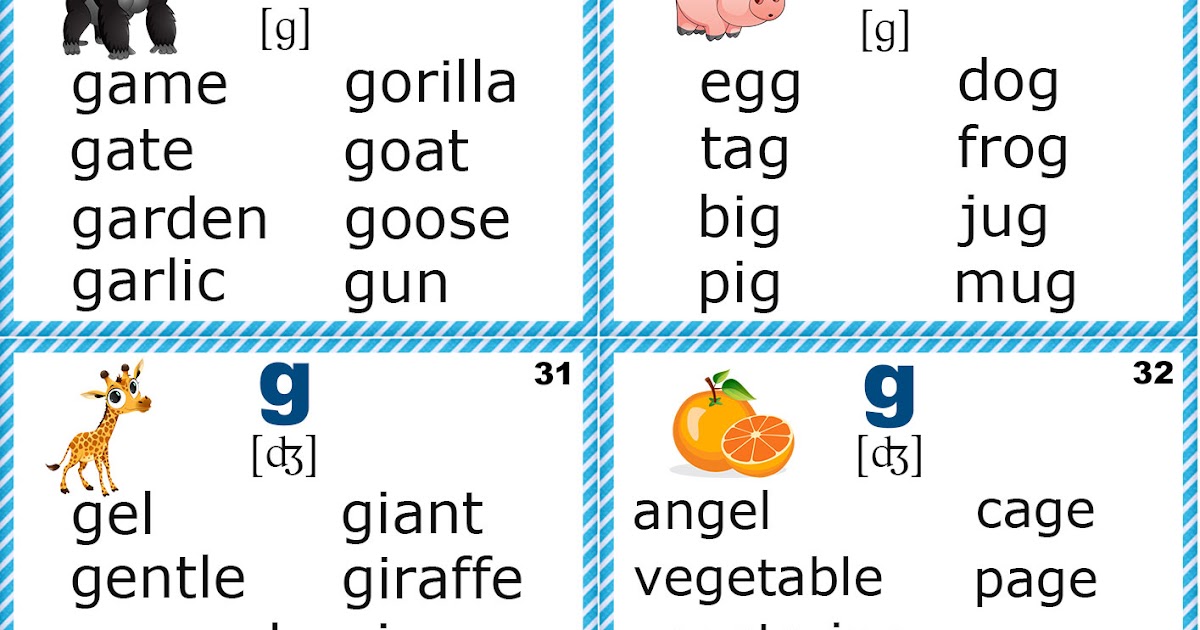 a" /performed/, "dog" /nes", "SM
a" /performed/, "dog" /nes", "SM
All errors are classified into several groups, which, in turn, are divided into categories.
- 15 -
The first group consists of errors, consisting in the transfer of the skills of Russian letter styles and their combinations. The reason for such violations is graphic interference.
The second group includes errors caused by phonological interference, which is expressed, in particular, in violation of the syllabic principle of Russian graphics in the designation of hard and soft paired Phonemes in writing, and this group includes two more sections: I / phonological - graphical, state in skipping letters and adding sticky ones, in rearranging letters in places; 2/ ionological-semantic, consisting in the identification of words that differ in semantics, but are similar in their phonemic-phrasal complex.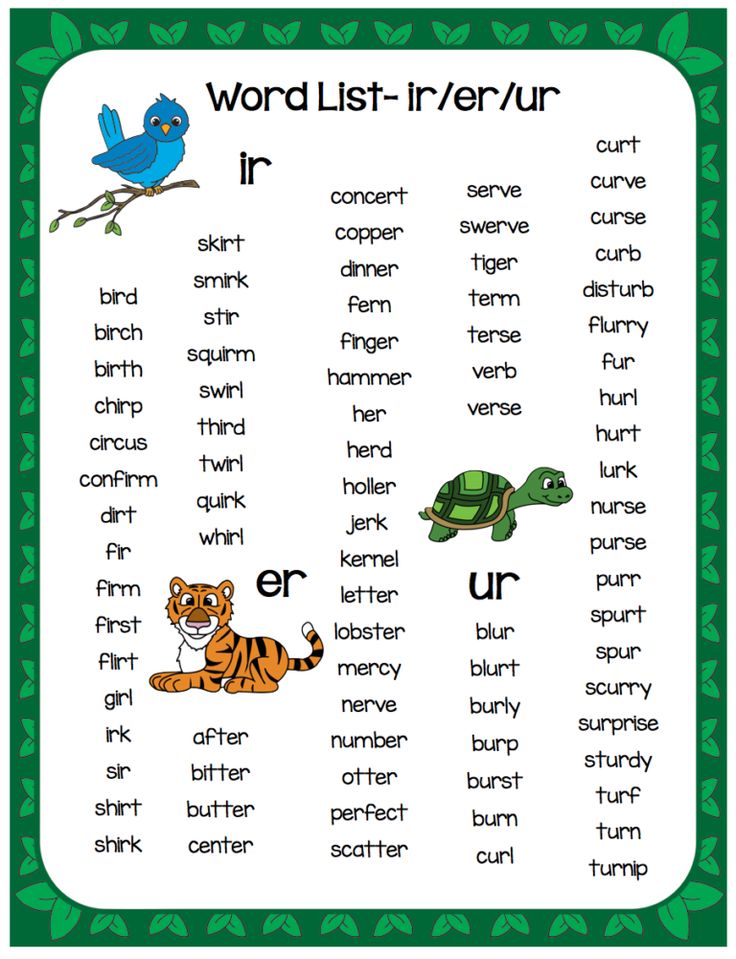 For example, the tin "instant" was written as "many years", the first part of the word was associated with the word "many". nine0005
For example, the tin "instant" was written as "many years", the first part of the word was associated with the word "many". nine0005
The third group consists of errors caused by phonemic-grapheme interference. The essence of such violations is the replacement of the letters of the Cyrillic alphabet with the letters of the Latin alphabet, which occurs under the influence of a sound image and the incorrect establishment of phonemic-grapheme correspondence. to it!? the category of semantic-graphical errors belongs to the same group. The reason for writing like "Oyaford" /Oxford/, "excursion" /excursion/, etc. consists in the fact that in the process of writing there is no element-by-element comparison of direct phonemic-graphemic correspondence. Each language has a number of the most common letter and sound combinations that determine the graphotactic and phonotactic features of a particular language. Letter and sound combinations form certain phonological-graphic complexes, which are characterized by: I / skills of writing letters and letter combinations; 2/ hearing and pronunciation skills; 3/ skills of Phoneme-grapheme correspondences.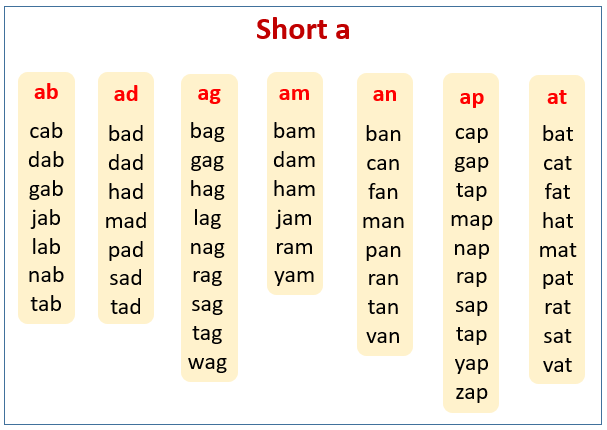 nine0005
nine0005
The fourth group consists of spelling errors:
I/ spelling proper /for example: vyrk, square/; 2/ phonemic-orthographic, which are caused by the transfer of the rules and skills for denoting voiceless and voiced consonants, the rules for combining language units from the native language into the study
desired, for example: vogeal, blash / whim /, sobka / hill /, love ~ biyat, etc.
Manifestations of phonological, phonemic-graphemic and graphical interference are generalized and to some extent are reflected in the phenomena of phonemic-orthographic interference. nine0005
Thus, the prospect of further research is outlined, and they are: og'inn'nntrtt'm'rfoguaftch of the Russian and English languages.
The main content of the dissertation is reflected in the following publications:
1L to the question of the description of Russian spelling for educational purposes// Functioning of the modern Russian language and teaching experience.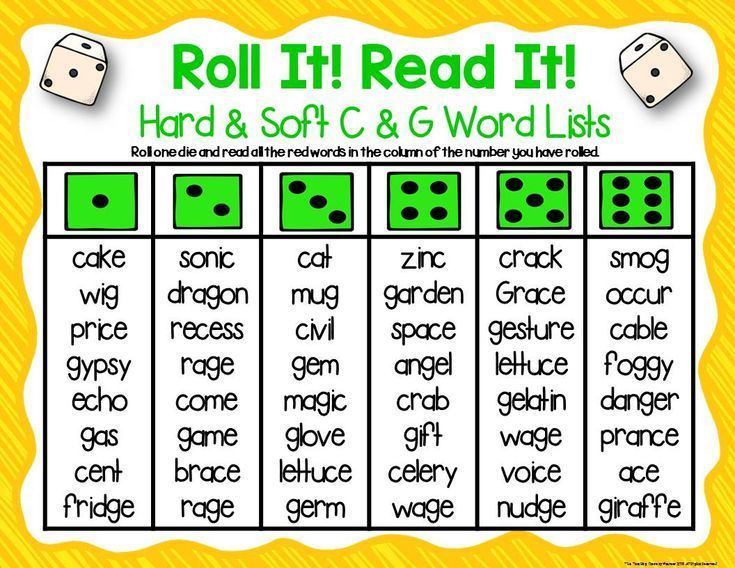 Section 3. 71st International Congress of Teachers of the Russian Language and Literature: Abstracts of reports - Budapest, 19Y6. S.23-24. / in collaboration with L.A. Kyaibanova /. 2. Graphic interference and the reasons for its occurrence in the process of teaching the Russian language in a foreign-speaking audience // Ya8nk i letter / Otv. ed. L.B.Seleznevya.-Volgograd, Yut. pp. 124-131. nine0005
Section 3. 71st International Congress of Teachers of the Russian Language and Literature: Abstracts of reports - Budapest, 19Y6. S.23-24. / in collaboration with L.A. Kyaibanova /. 2. Graphic interference and the reasons for its occurrence in the process of teaching the Russian language in a foreign-speaking audience // Ya8nk i letter / Otv. ed. L.B.Seleznevya.-Volgograd, Yut. pp. 124-131. nine0005
404 Page not found
- About the Academy
- Information about the educational organization
- Basic information
- Structure and governing bodies of an educational organization
- Documents nine0261 Education
- Educational standards and requirements
- Manual. Pedagogical (scientific and pedagogical) staff
- Logistics and equipment of the educational process nine0261 Scholarships and student support measures
- Information about the educational organization
- Paid educational services
- Financial and economic activities
- Vacancies for admission (transfer) of students nine0261 Available environment
- International cooperation
Today "Omsk Humanitarian Academy" is a multidisciplinary complex, which includes an information and computer center, a scientific library, a publishing house, a center for promoting employment, a faculty of additional education, a distance education center, and postgraduate studies.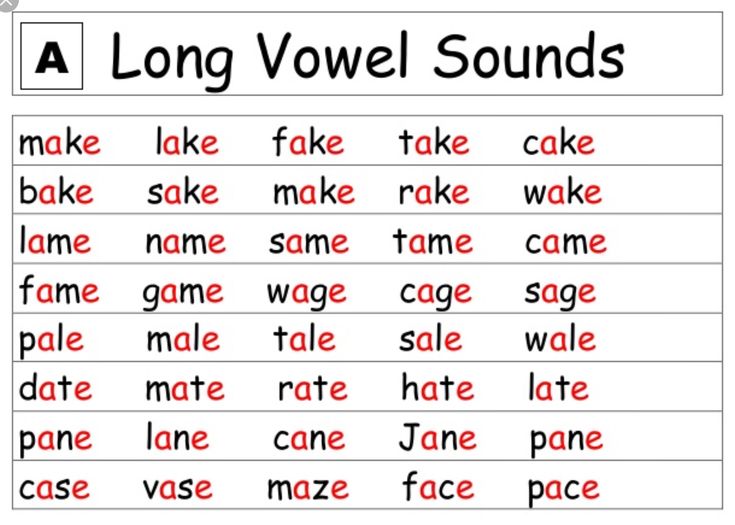
- Home
Today "Omsk Humanitarian Academy" is a multidisciplinary complex, which includes an information and computer center, a scientific library, a publishing house, a center for promoting employment, a faculty of additional education, a distance education center, and postgraduate studies. nine0005
- Legal documents
- News
- Vocational retraining
- Refresher courses nine0261 Application forms
- Internship
- Business training
- All about admission
- Admission Committee
- Admission Committee
- Cost of 1 course for 2022/2023 academic year
- Cost of 1 course for 2021/2022 academic year nine0261 Cost of 1 course for 2020/2021 academic year
- Cost of 1 course for the 2019/2020 academic year
- Admissions Committee
- Documents and references
- Cost of 1 course for 2022/2023 academic year nine0261 Cost of 1 course for 2021/2022 academic year
- Cost of 1 course for 2020/2021 academic year
- Cost of 1 course for the 2019/2020 academic year
- Samples of issued documents nine0261 Educational conditions for disabled people and persons with disabilities
- Admissions Office
- Online Document Submission Service
- Cost of 1 course for 2020/2021 academic year nine0261 Cost of 1 course for the 2019/2020 academic year
- Admissions office
- Documents and references
- Cost of 1 course for 2020/2021 academic year nine0261 Cost of 1 course for the 2019/2020 academic year
- Admission Campaign 2023
- Basic Information
- Directions of training
- Entrance examinations nine0261 Number of places for admission to study
- Number of applications submitted
- Lists of applicants
- Enrollment details
- Basic information
- Directions of training
- Entrance examinations
- Number of places for admission to study nine0261 Number of applications submitted
- Lists of applicants
- Enrollment details
- Admission campaign 2023 nine0261 Admission campaign 2022
- Electronic information and educational environment
- Faculties and departments
- Tuition fees
- Library
- Links nine0261 Bulletin Board
- Career Center
- Professional retraining and advanced training
Today, the Omsk Academy for the Humanities is a multidisciplinary complex, which includes an information and computer center, a scientific library, a publishing house, a center for promoting employment, a faculty of additional education, a distance education center, and postgraduate studies.


